The human need to put things together
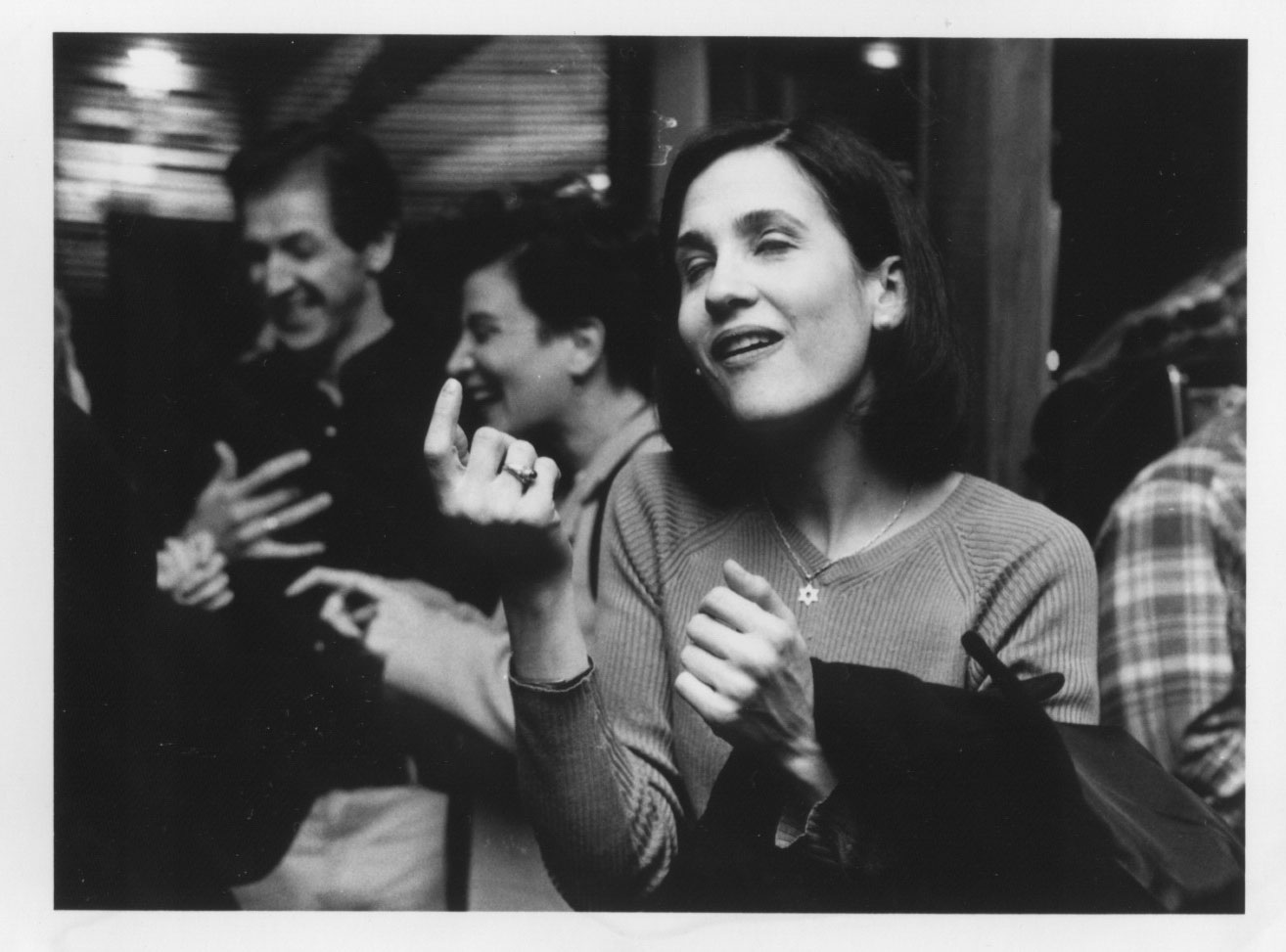
Language is an amazing, uniquely human phenomenon. There is no comparable parallel in all the animal kingdom that we know of, yet from young childhood, it is one of the major elements that shapes our sense of reality. Innately, we can sense the frustration of a small child in not being able to express their feelings or needs, we can remember how it could erupt a sense of hot anger in our younger selves. We understand how the relationship of an adult couple will erode if they are unable to communicate effectively. We see how transforming communication can unite people.
Language creates its own landscape, an architecture to navigate our complex existence. But just as “puce” means purply-red to one person and limey-green to another, so all words go through the conveyor belt of our understanding. Most of the time, that’s fine – but sometimes, our earnestness to unpack information can lead to misunderstanding, or could give us a false perception of reality. Sometimes we process the concept of the word “syrup” before we see the burnt caramel colour or taste the pruny sweetness of the actual stuff. Could that labelling alter the reality of it? Does it mean we’re not really sensing things, but just the labels that represent them?
Communication comes in three parts, all connected. Brain-mouth-ear-brain- and so on. All parts must work cohesively for best results.. But if we couldn’t speak, what would our relationship with language be like? How would listening change if we couldn’t reply?
This week I’ve been trying to race through The Covenant of Water by Abraham Verghese before it’s due back to the library, and found this beautiful description:
Listening is talking for him; there’s an eloquence to this kind of attentiveness; it’s rare, and yet he’s generous with it. He alone amongst all the people she knows uses his two ears and one mouth in that exact proportion. She loves him in a way she didn’t know she could before. Love, she thinks, isn’t ownership, but a sense that where her body once ended, it begins anew in him, extending her reach, her confidence, and her strength.
This proximity of listening and love is so special; of extending through another person, of allowing you to reach further by the grace of someone else. Similarly, we create relationships in language – using metaphor to pull a thread of tension from our understanding into a new space. To expand our understanding of the thing.
So let’s get into it…
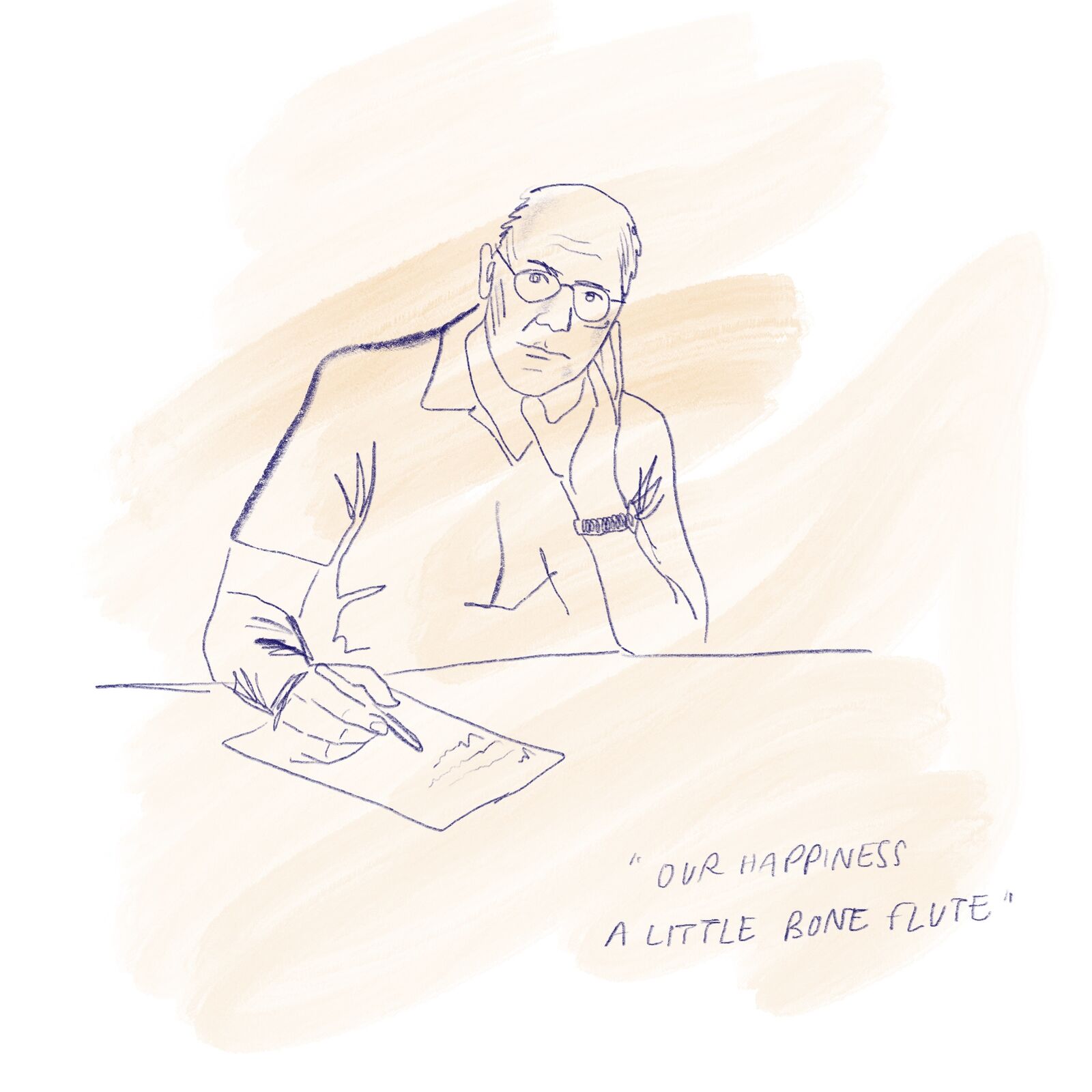
The poetry of simile
Henri Cole was born to a French-Armenian mother and American father in Japan in 1956, and raised in America with four other siblings. His marine-like stature belies his informal charm, and his informal charm belies his dark elegance.
And so perhaps it makes sense that Cole has an unearthly way with simile. New York Times critic Maureen N. McLane said in a review for his book Middle Earth, “In Cole’s hands, [simile] becomes a dazzling figure for the self that is not identical to itself, the always self-estranged subject, the self amazed by its origins, the distances it has travelled, the desires it has fed, the death it always faces.” The space between object and simile is like a trick mirror – something that encourages an out-of-body perspective. It takes the mind from automatic function into something more immediate and alive, and means we can feel the words in a different way. In a simile, two things are placed side by side to bring more meaning to each thing – it is saying: these two things are not the same, but they share something that explains an essence that we couldn’t understand if we didn’t have the juxtaposition to help guide our minds.
In an interview with Padraig Ó Tuama last month, Cole gave an insight into his affinity with simile. Ó Tuama selected some of Cole’s similes in the introduction:
“Happiness unfolded like a strange / psychedelic moth, or the oldest unplayable / instrument made from a warrior’s skull, our happiness a little bone flute.”
(From: Human Highway)
“I sprawl on the carpet like a worm composting, understanding things about which I have no empirical knowledge.”
(Blackbird & Wolf)
“You are beautiful and ugly at once, like a weed or a human.”
(Middle Earth)
“Simile,” Cole said, “is high on my altar to poetry.” As a younger man, Cole read Aristotle’s Poetics, and took this idea of simile as a way to measure a human mind – that the connections the brain can make between unrelated things attests to the breadth of that person’s understanding of the world. In Poetics, the phrase I think illuminates this idea that Cole latched on to, is this one, about metaphor:
“The greatest thing by far is to be a master of metaphor; it is the one thing that cannot be learnt from others; and it is also a sign of genius, since a good metaphor implies an intuitive perception of the similarity in the dissimilar.”
Philosophy of Science professor Alfredo Marcus says Aristotle’s view of metaphor can be “a way of expressing difficult matters as clearly as possible, a manner of stretching language into new areas of reality”. It is about bringing relationships between unrelated things to the surface of the mind. This act of comparison allows us to draw new meanings, create new depths and allow “new worlds” to emerge “by the grace of metaphor”.
Cole put it more simply:
“If you say it’s “like something,” you don’t have to say what it is, it’s terrible to reveal! You see that it’s like a divagation, but a divagation that informs or illuminates or defines in an indirect way. And that’s more interesting than saying it straight…”
From this interview, I’ve created a new daily simile (or metaphor, whatever appears is fine with me) practice. Just a short line at the bottom of my diary entry. It is a delight at the end of the day to stretch, as Marcus says, into new areas of reality. I really recommend giving it a try (and please share the results!).
The camera in my pocket and the camera in my mind
It’s a while ago now, that we all began to get used to people taking photos of their food. “The camera eats first!” folks say with glee, standing on their chairs in Michelin-starred restaurants, asking for the lights to be turned up (this is a real story) so their photos aren’t too dark for Instagram. Our sense of cameras – ones that, in my lifetime, have been pocket-sized, then smaller and digital, then smaller still and embedded in a device that is on my person almost all my waking life – our sense of these ubiquitous machines is so integrated into our way of seeing, that it has more or less become the way of seeing.
I first read essays from On Photography when I was about 20, and came back to it again recently. I have never lived in a world that didn’t involve picture-taking. But even within that small bubble of time, I have seen how Susan Sontag’s perspectives in On Photography have shifted, become truer, contorted and reflexed back on themselves.
Taking photos (and today more than ever, videos) has provided the frame with which to view our most important moments in life – or so we are led to believe. We learn to stand still and smile on our earliest birthdays, we gaze at the world’s most dazzling landscapes through lenses, and – as Sontag points out – find it suspicious if parents don’t have reems of photos of their own children. It’s easy to take photos of the things we like, but it’s harder to capture the inner landscape: to respond to the subtle, inward sense of achievement, change, celebration – or indeed the quotidian, unsparkling sense of presence in day-to-day life. Perhaps that’s where photographers turn into artists.
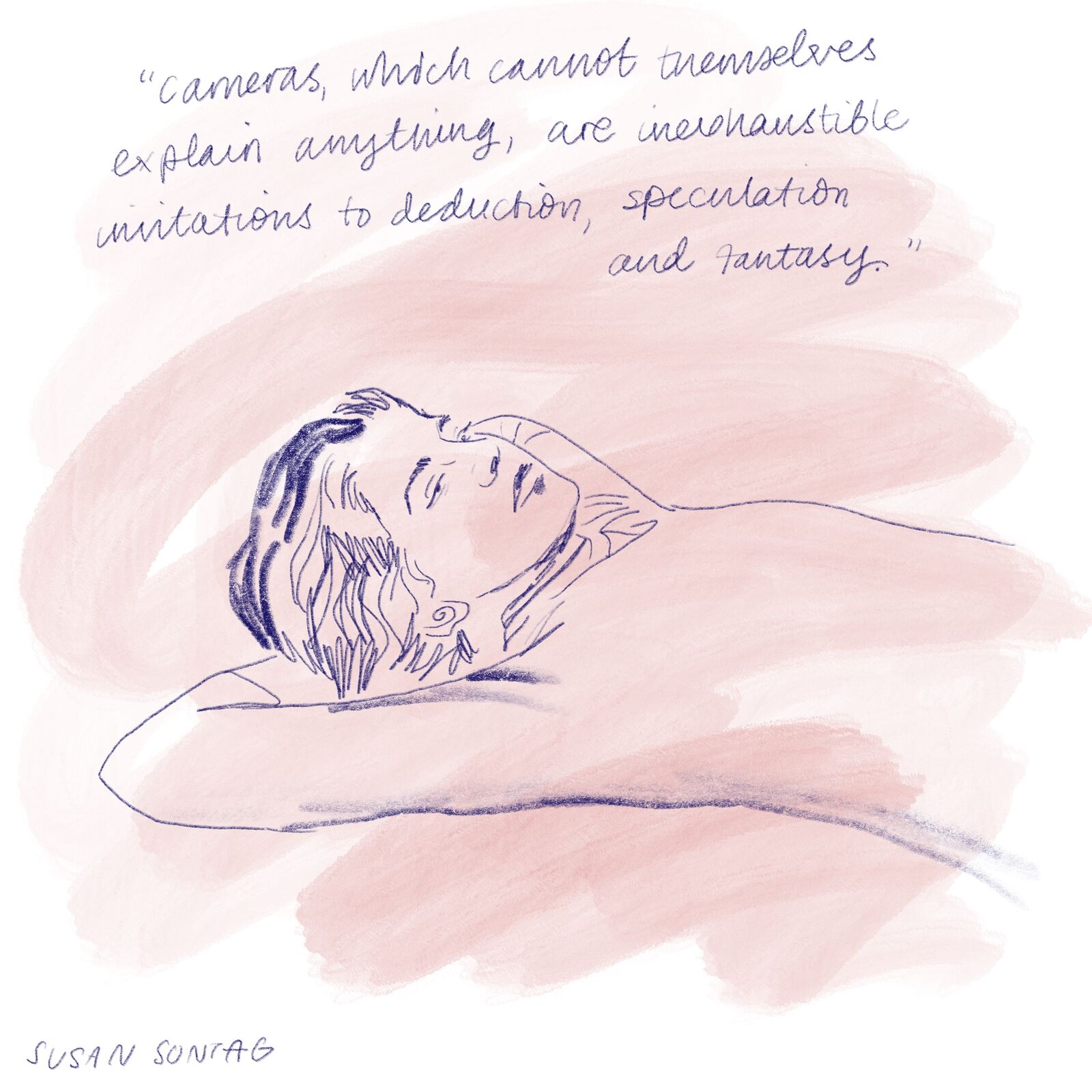
One of Sontag’s speculations in these essays is that where there are workaholics, there are photographers. She suggests that citizens of industrially-centred countries like Germany, Japan and America had (at the time of publishing in 1977) been the most prolific in buying cameras because it gave them something productive to do on holiday. Instead of standing in front of an ancient religious monument, a magnificent waterfall or a wild animal and just looking at it – now they could do something. The act of photographing became the workaholic’s summer job: the in-house archivist. Today it has taken a cosmic forward-leap, with most people curating a version of their whole lives through photos and videos on social media. If we look at that behaviour through Sontag’s lens (accidental pun, promise), it’s easy to see how our work obsession has spread from day job, to holiday, to every moment of our life. The camera in today’s world can capitalise on anything – a morning coffee, a walk in the forest, a dinner with friends – it’s all ready to be captured and turned into a tile on an infinite digital wall.
The photographer’s eye is a filter for value. With our worlds in our screens, we are constantly assessing the mise en scene for ‘grammable “content”. Sontag notes how the role of photographer creates a judgemental binary that didn’t exist before photography – one in which we’re constantly assessing if something is valuable enough to be worthy of being photographed – worthy of being seen.
Once, cameras were seen as the objective gaze – a way to reveal what the artist’s brush or human memory could not portray. It was ultimately trustworthy. But modern techniques and technologies for framing, staging, and editing have irrevocably changed that. This idea is touched on in the Sundance award-winning documentary And The King Said What a Fantastic Machine. (The extra-long title refers to King Edward’s delighted response on seeing a staged version of his coronation on film.) The documentary follows the journey of camera image, from conception to present day in a chaotic mish-mash of clips and commentary. It falls short in narrative, unfortunately, and magniloquently concludes: cameras can be used for bad too, don’t you know?, as if it’s an entirely novel idea. But otherwise, The King… offers an arresting montage of the state of camera-usage, and what it says about our need to create a sense of self, be seen, and document our experiences as items.
Gravity and Center
By Henri Cole
I’m sorry I cannot say I love you when you say
you love me. The words, like moist fingers,
appear before me full of promise but then run away
to a narrow black room that is always dark,
where they are silent, elegant, like antique gold,
devouring the thing I feel. I want the force
of attraction to crush the force of repulsion
and my inner and outer worlds to pierce
one another, like a horse whipped by a man.
I don’t want words to sever me from reality.
I don’t want to need them. I want nothing
to reveal feeling but feeling—as in freedom,
or the knowledge of peace in a realm beyond,
or the sound of water poured in a bowl.
Henri Cole, “Gravity and Center” from Blackbird and Wolf. Copyright © 2008 by Henri Cole.
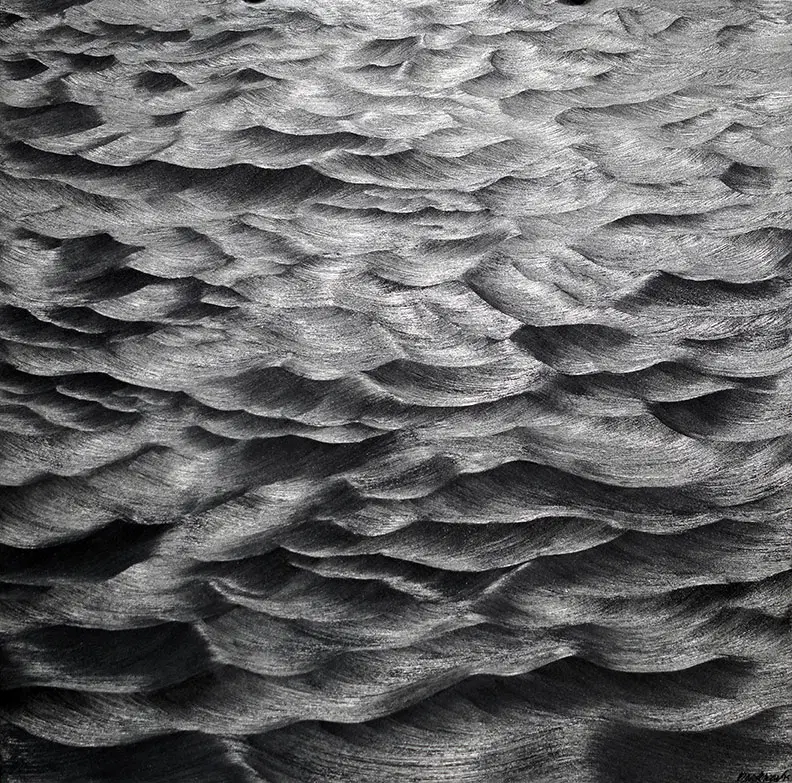
Until next time…
~~~~~~
Invite your friends to subscribe!
![]() Unlikely meeting points & unlikely collaborations 🌗
Unlikely meeting points & unlikely collaborations 🌗![]() Sit in the middle of things 🧘♀️🪻
Sit in the middle of things 🧘♀️🪻![]() 5 things I learned at a Buddhist monastery
5 things I learned at a Buddhist monastery![]() 6 good things to do
6 good things to do![]() Extraordinary ordinariness: space orbits and sleeping dogs
Extraordinary ordinariness: space orbits and sleeping dogs![]() The ebb and flow of things
The ebb and flow of things![]() A short breath in the bardo
A short breath in the bardo![]() A slender cord of grace
A slender cord of grace![]() Artists reflect on water
Artists reflect on water![]() A love letter to a loaded gun
A love letter to a loaded gun![]() Are you for real?
Are you for real?![]() What is a good life?
What is a good life?![]() Who decides what you think?
Who decides what you think?![]() When new year should be according to history...
When new year should be according to history...![]() Does Mozart really make you smarter?
Does Mozart really make you smarter?![]() Old stories to find light in dark times
Old stories to find light in dark times![]() The human need to put things together
The human need to put things together![]() The power of trends: the good, the bad and the pumpkin-spiced.
The power of trends: the good, the bad and the pumpkin-spiced.![]() From terrestrial to celestial – where do we find inspiration?
From terrestrial to celestial – where do we find inspiration?![]() The illusion of ownership
The illusion of ownership![]() Let’s go down the rabbit hole 🐇
Let’s go down the rabbit hole 🐇![]() Identity, the artist, and #goblinmode
Identity, the artist, and #goblinmode![]() Punk and her godmothers
Punk and her godmothers![]() The ultimate journey – homecoming, heroes and wholeness.
The ultimate journey – homecoming, heroes and wholeness.![]() It’s mushroom month...
It’s mushroom month...![]() Robots, AI and artistry, oh my!
Robots, AI and artistry, oh my!![]() Longevity, love and memory...
Longevity, love and memory...![]() Summer, Freud and a sonnet...
Summer, Freud and a sonnet...![]() When surreal makes sense – exploring with Dorothea Tanning, Olga Tokaczuk and more...
When surreal makes sense – exploring with Dorothea Tanning, Olga Tokaczuk and more...![]() Twists and turns with Mary Oliver, Alan Watts and Astrid Lindgren...
Twists and turns with Mary Oliver, Alan Watts and Astrid Lindgren...![]() First flowers of spring: the need for beauty and hope at all times
First flowers of spring: the need for beauty and hope at all times![]() Defining reality, playing with illusion with Robert Frost, Hilma Af Kilnt and more...
Defining reality, playing with illusion with Robert Frost, Hilma Af Kilnt and more...![]() Celebrating the cycles of light and dark with Joan Didion, Danez Smith and more...
Celebrating the cycles of light and dark with Joan Didion, Danez Smith and more...
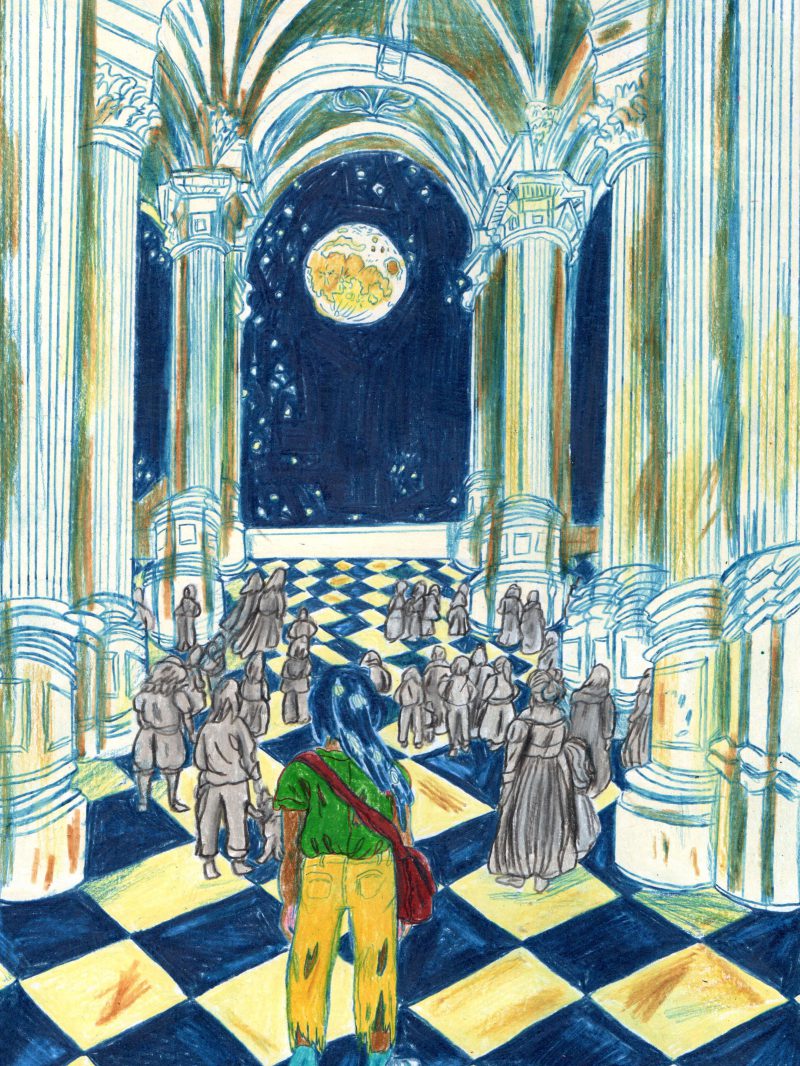 Unlikely meeting points & unlikely collaborations 🌗
Unlikely meeting points & unlikely collaborations 🌗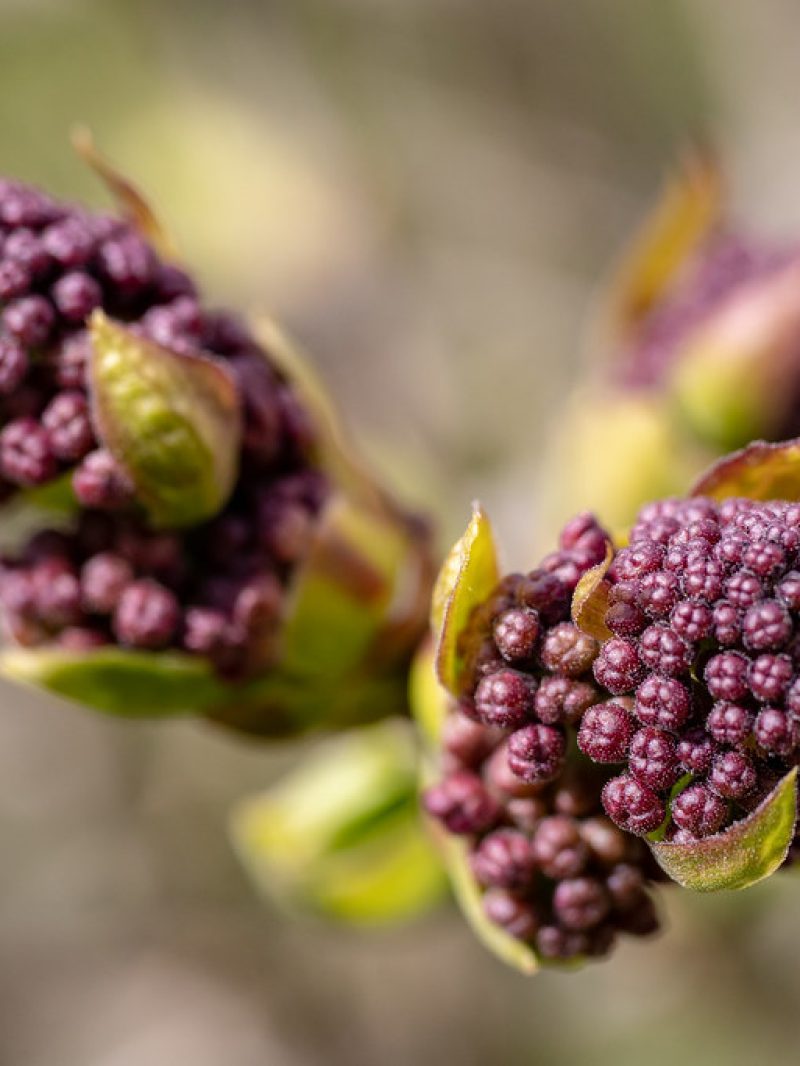 Sit in the middle of things 🧘♀️🪻
Sit in the middle of things 🧘♀️🪻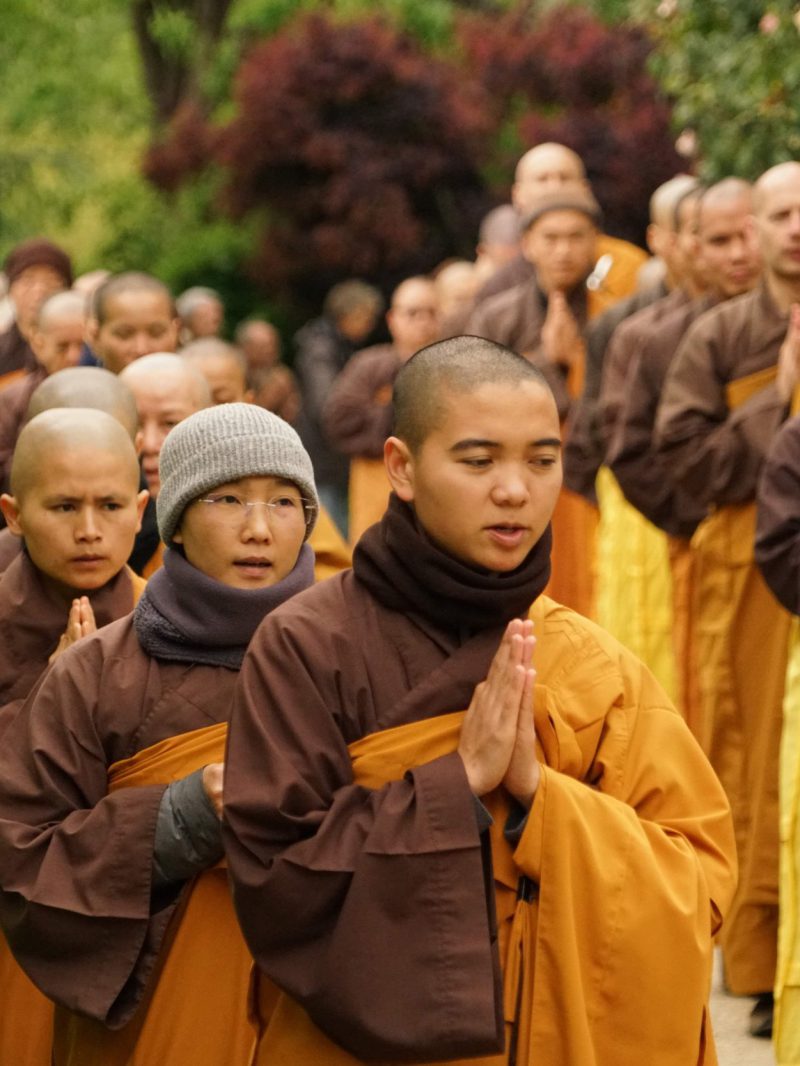 5 things I learned at a Buddhist monastery
5 things I learned at a Buddhist monastery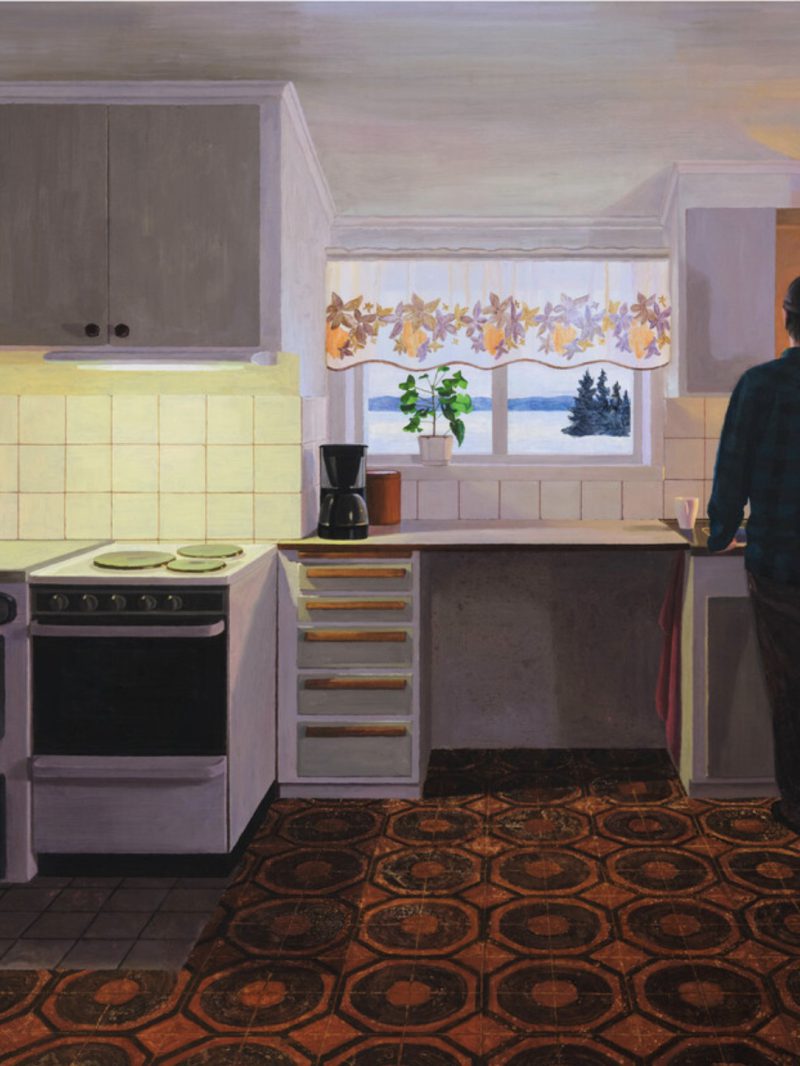 6 good things to do
6 good things to do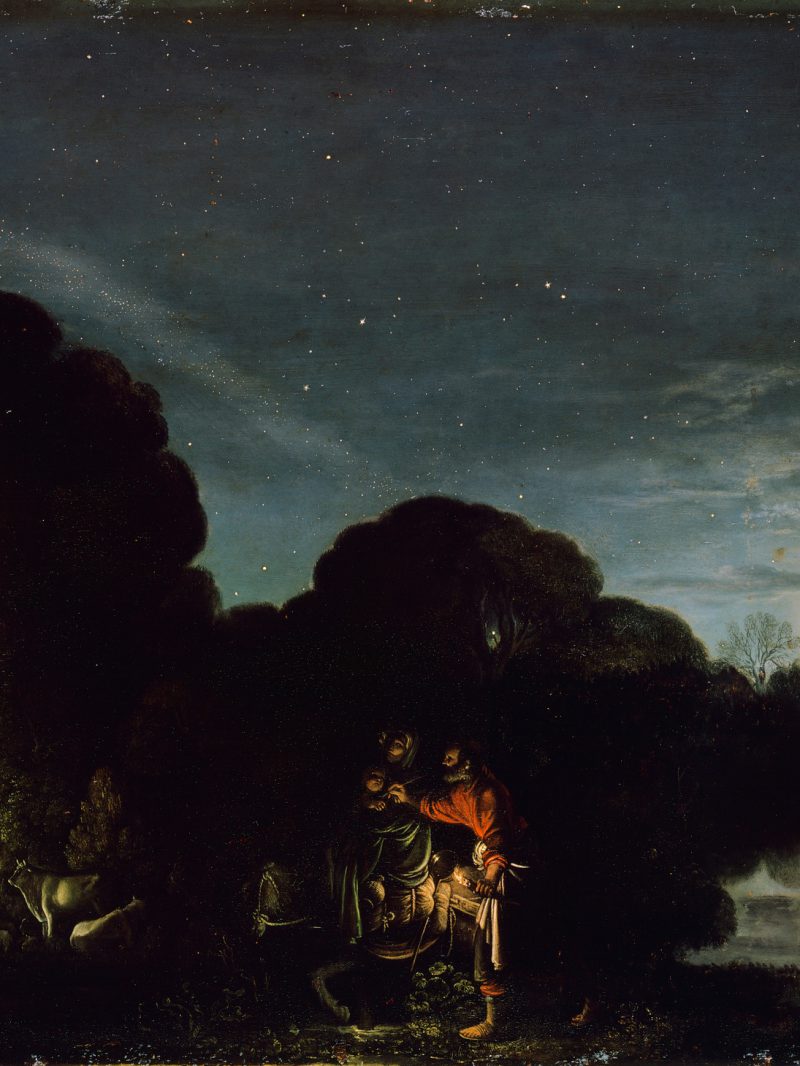 Extraordinary ordinariness: space orbits and sleeping dogs
Extraordinary ordinariness: space orbits and sleeping dogs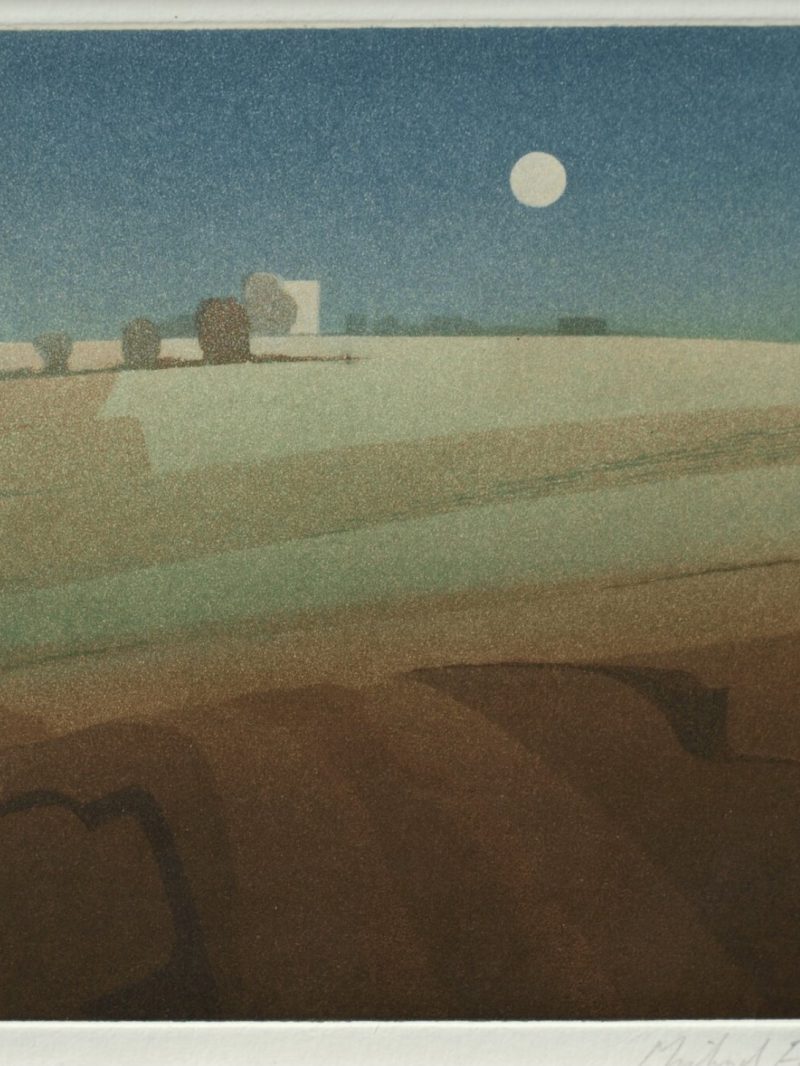 The ebb and flow of things
The ebb and flow of things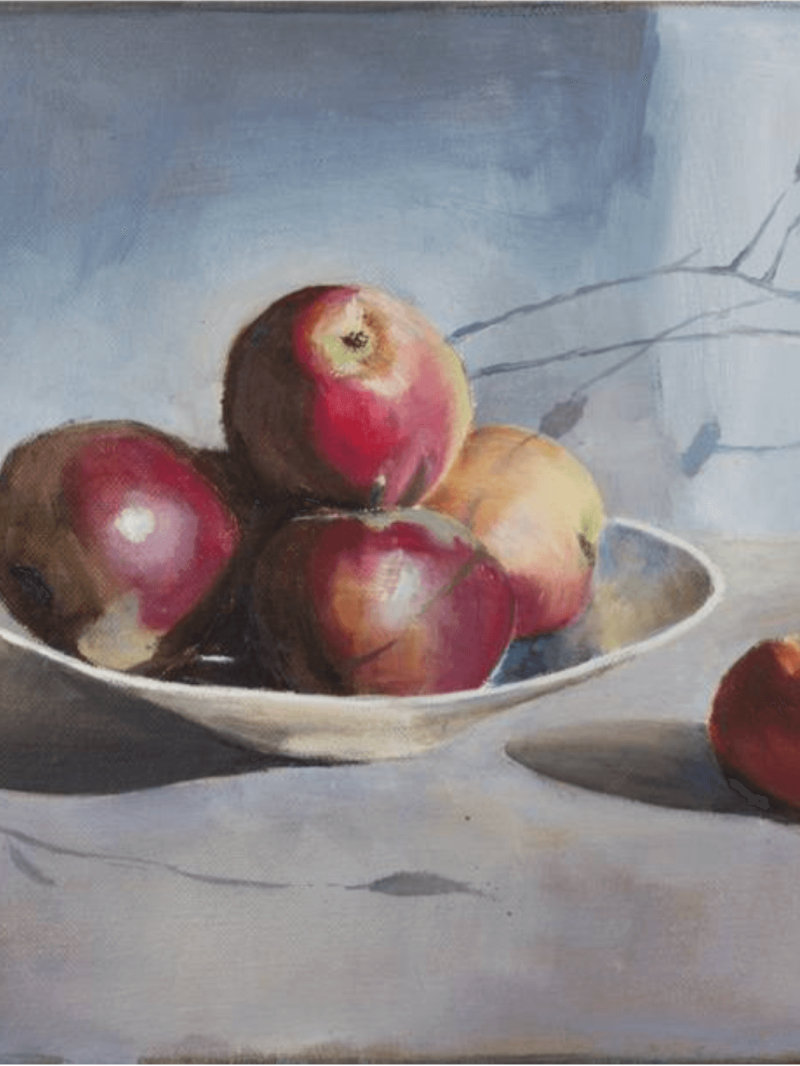 A short breath in the bardo
A short breath in the bardo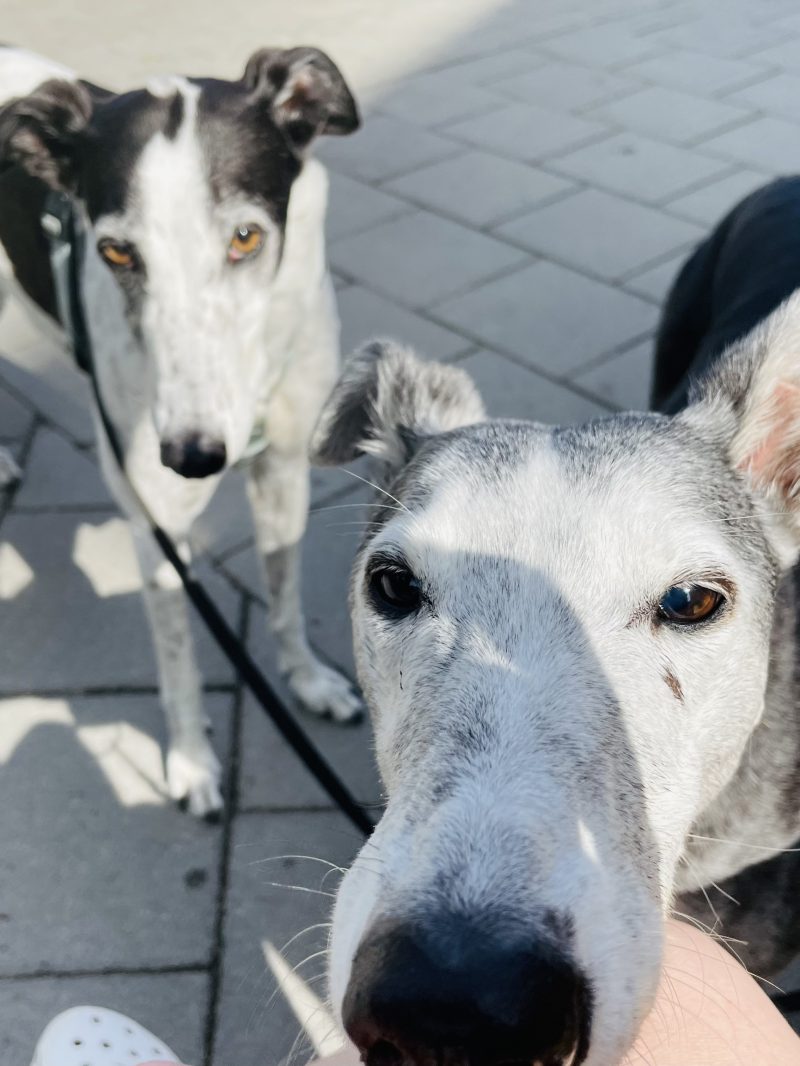 A slender cord of grace
A slender cord of grace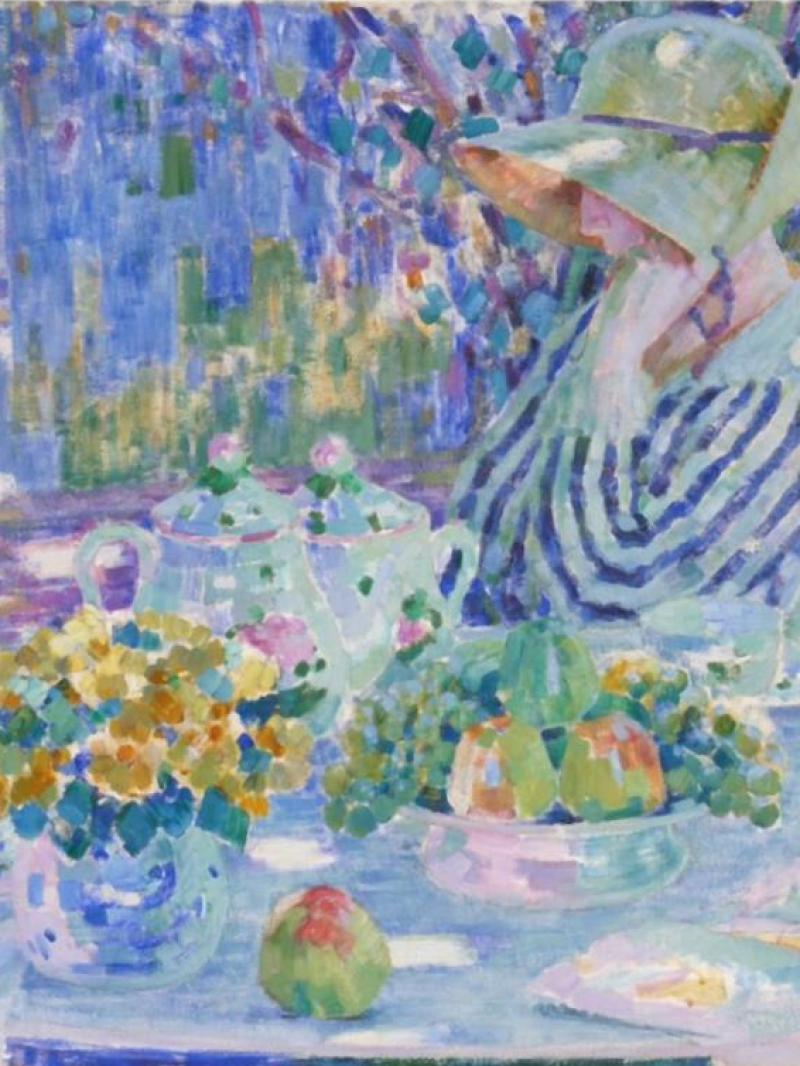 Artists reflect on water
Artists reflect on water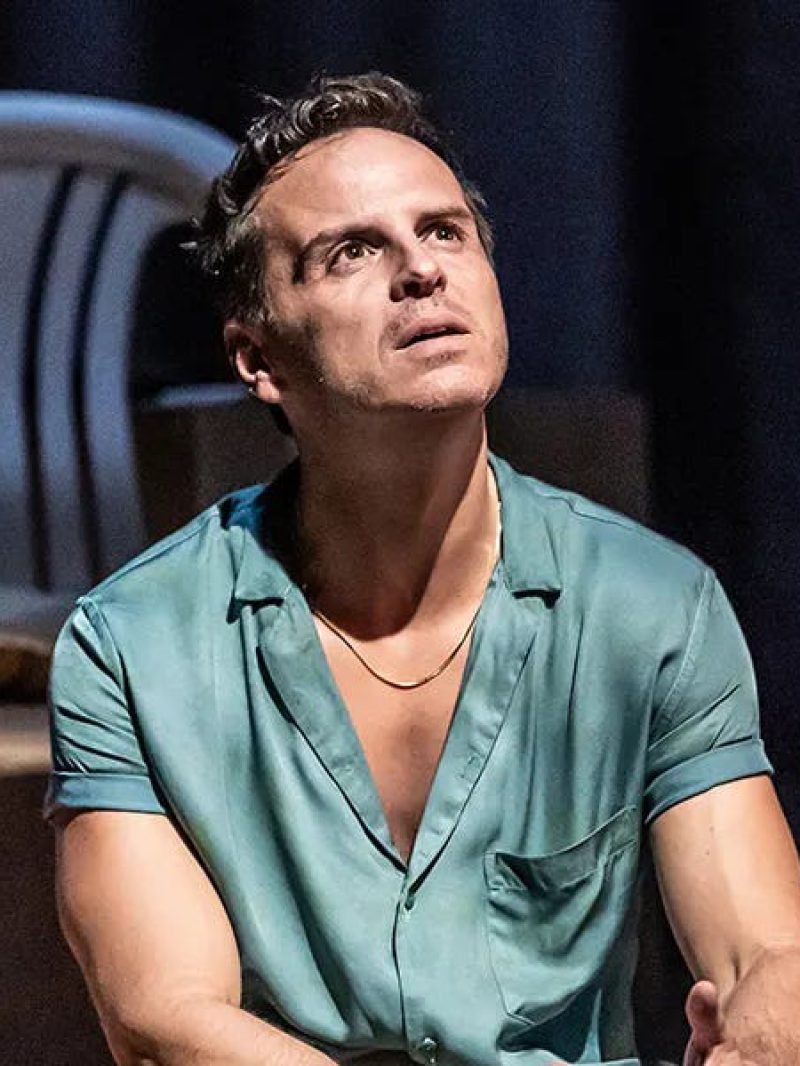 A love letter to a loaded gun
A love letter to a loaded gun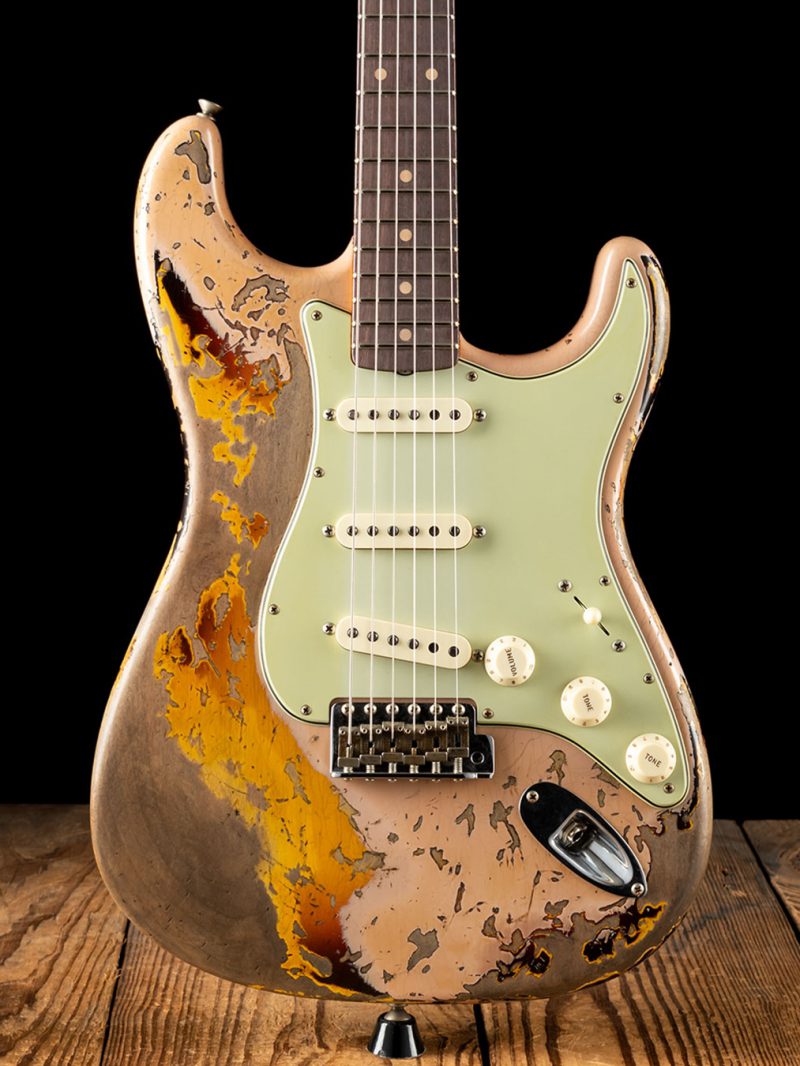 Are you for real?
Are you for real?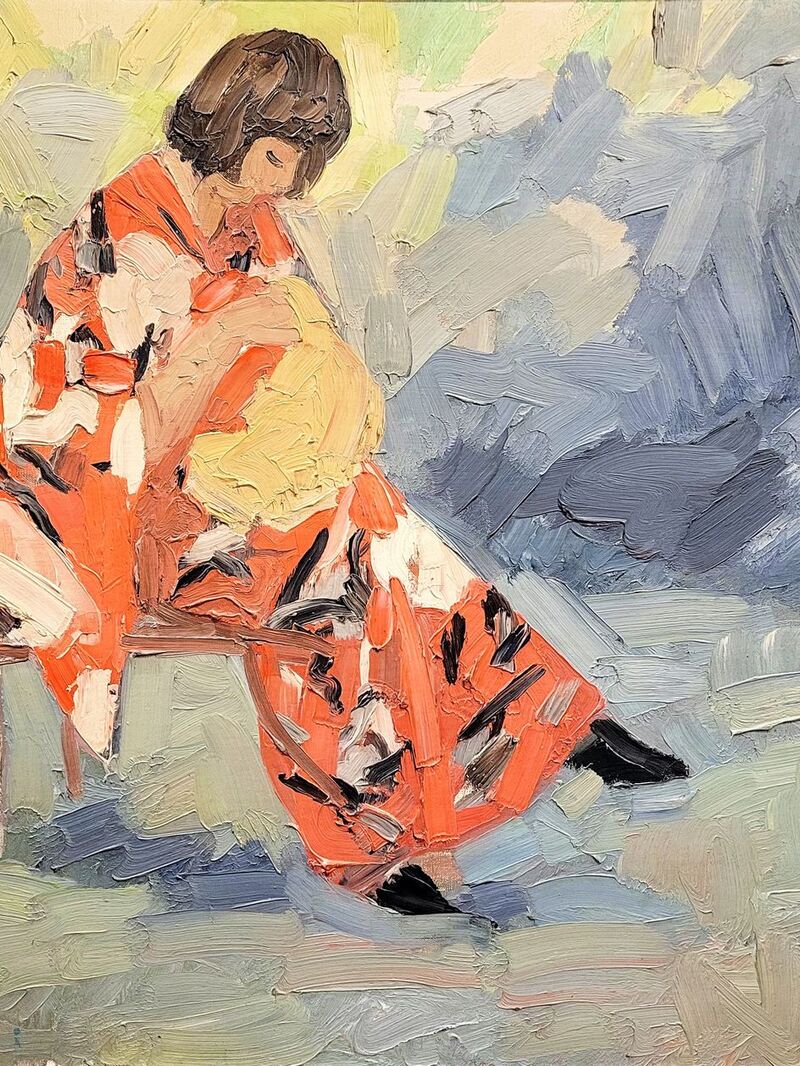 What is a good life?
What is a good life?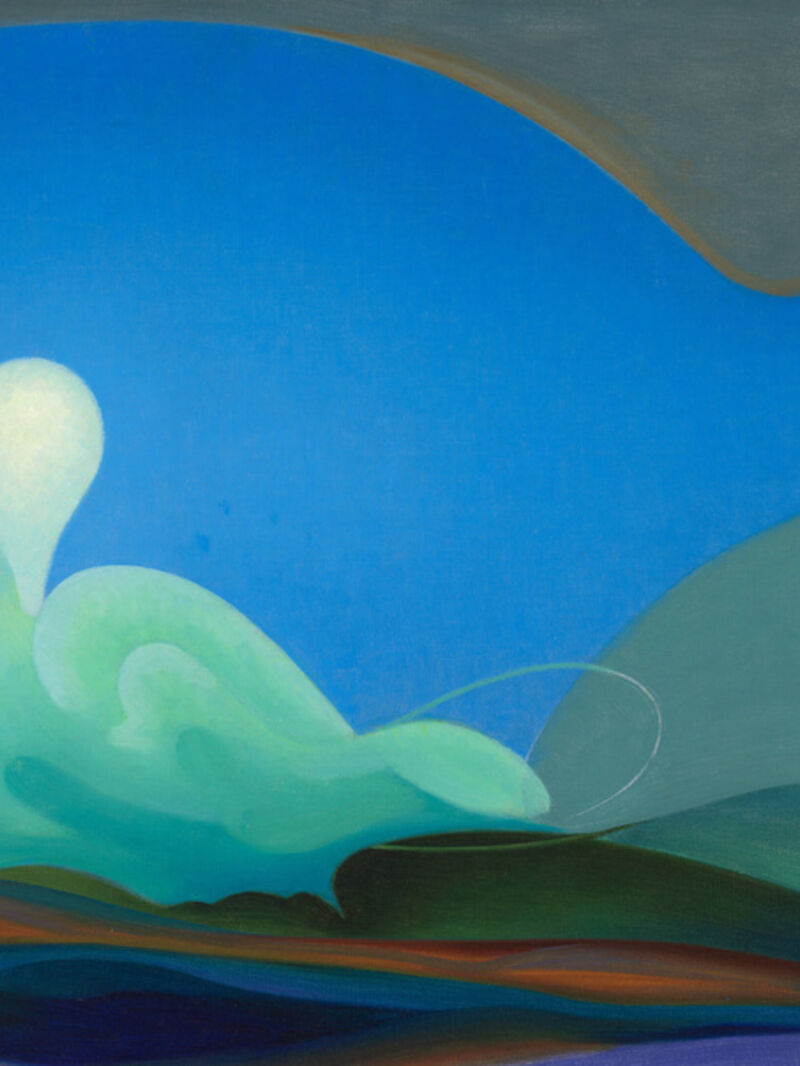 Who decides what you think?
Who decides what you think?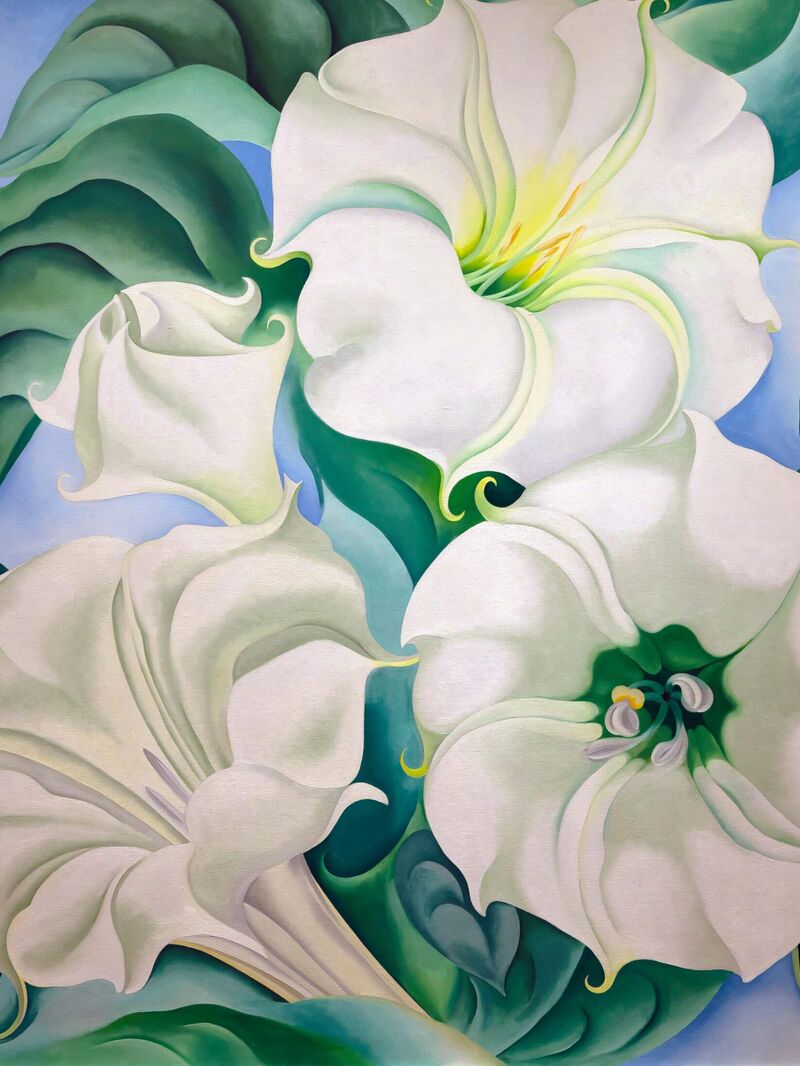 When new year should be according to history...
When new year should be according to history...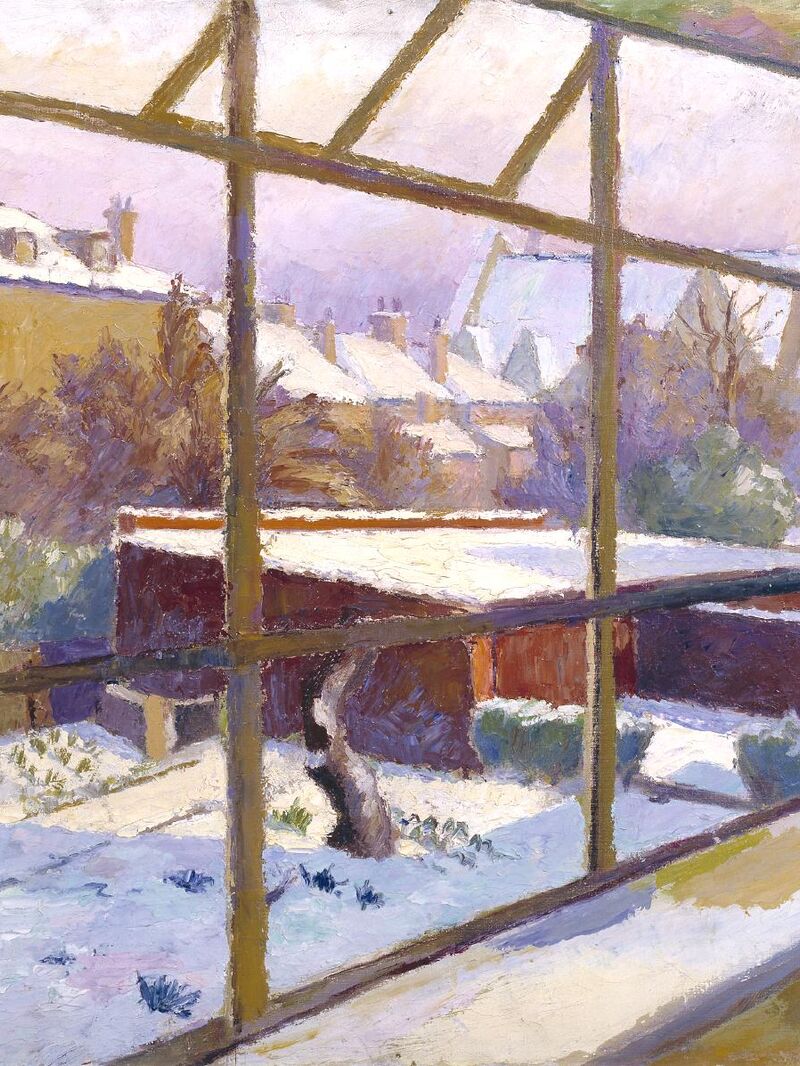 Does Mozart really make you smarter?
Does Mozart really make you smarter?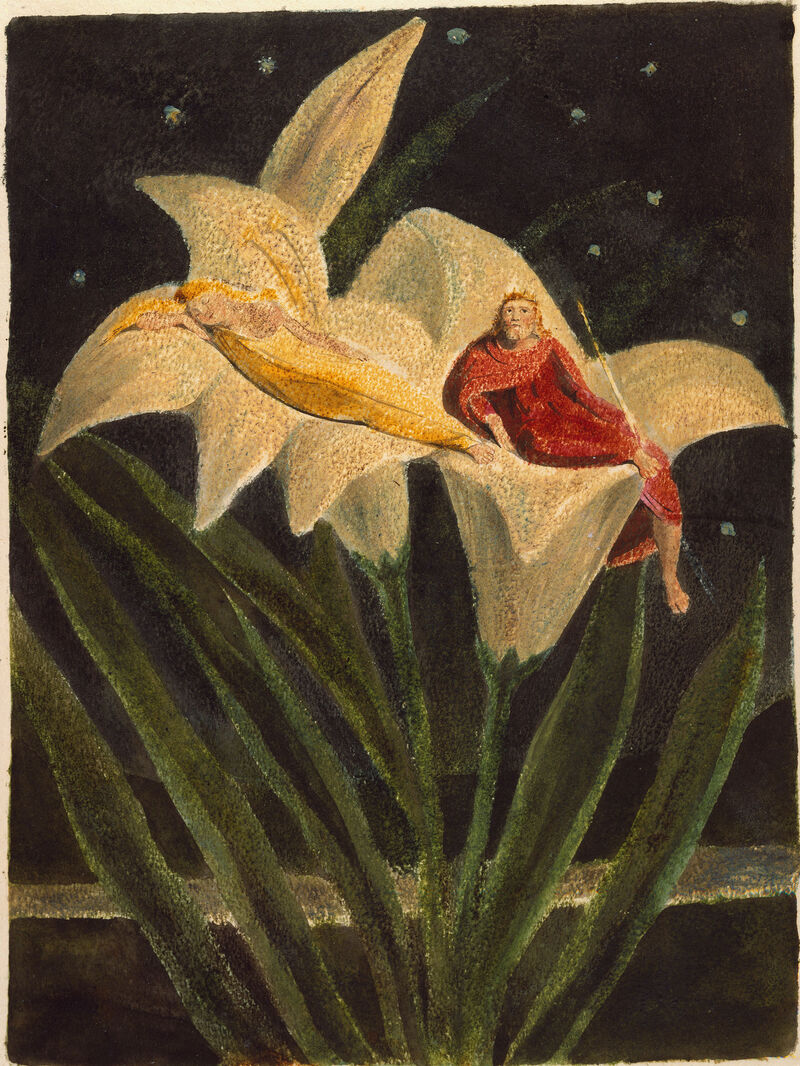 Old stories to find light in dark times
Old stories to find light in dark times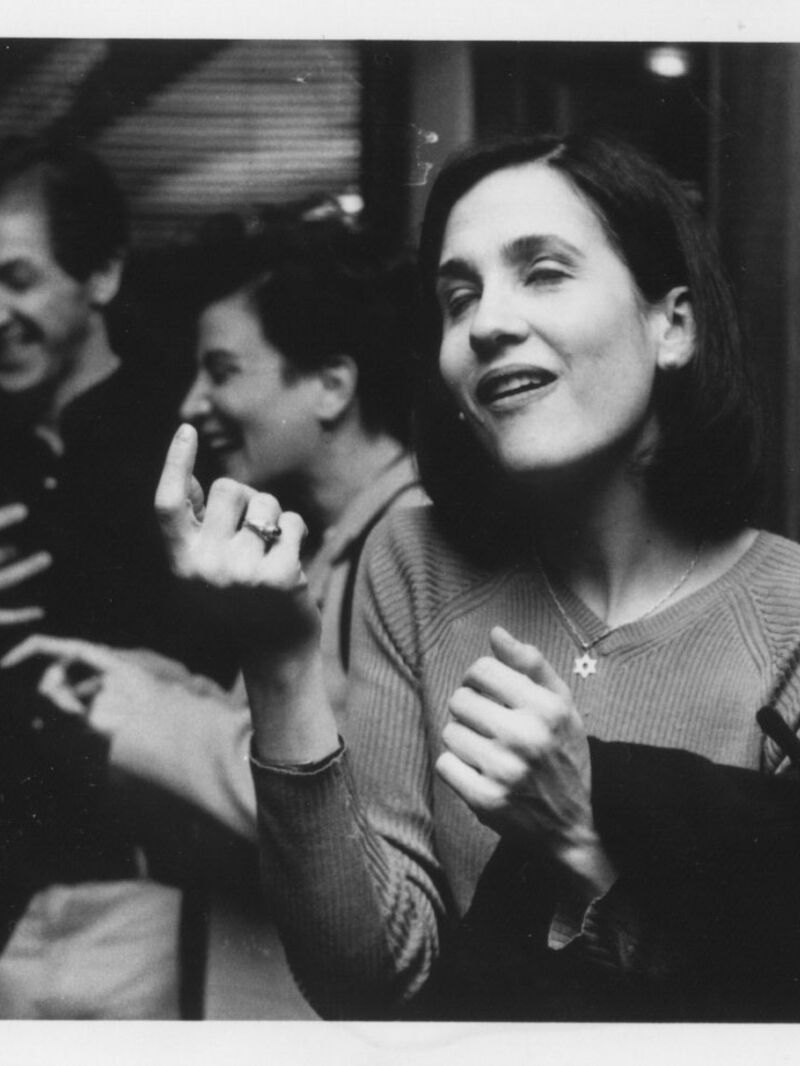 The human need to put things together
The human need to put things together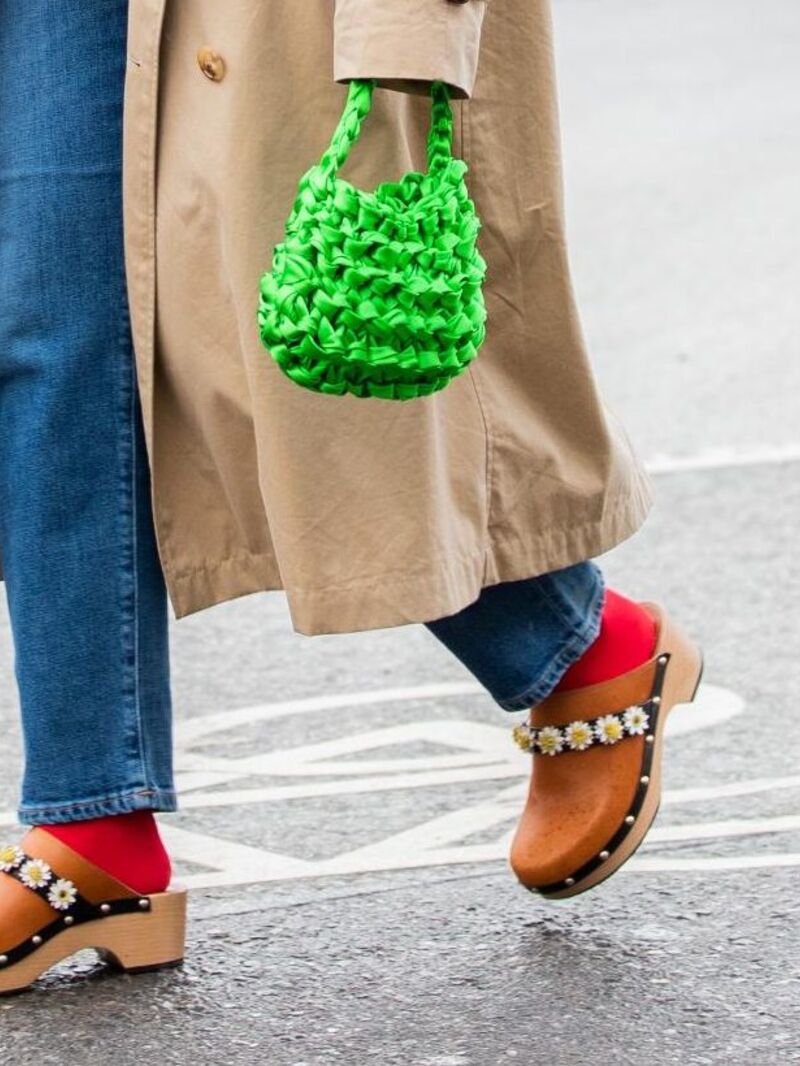 The power of trends: the good, the bad and the pumpkin-spiced.
The power of trends: the good, the bad and the pumpkin-spiced.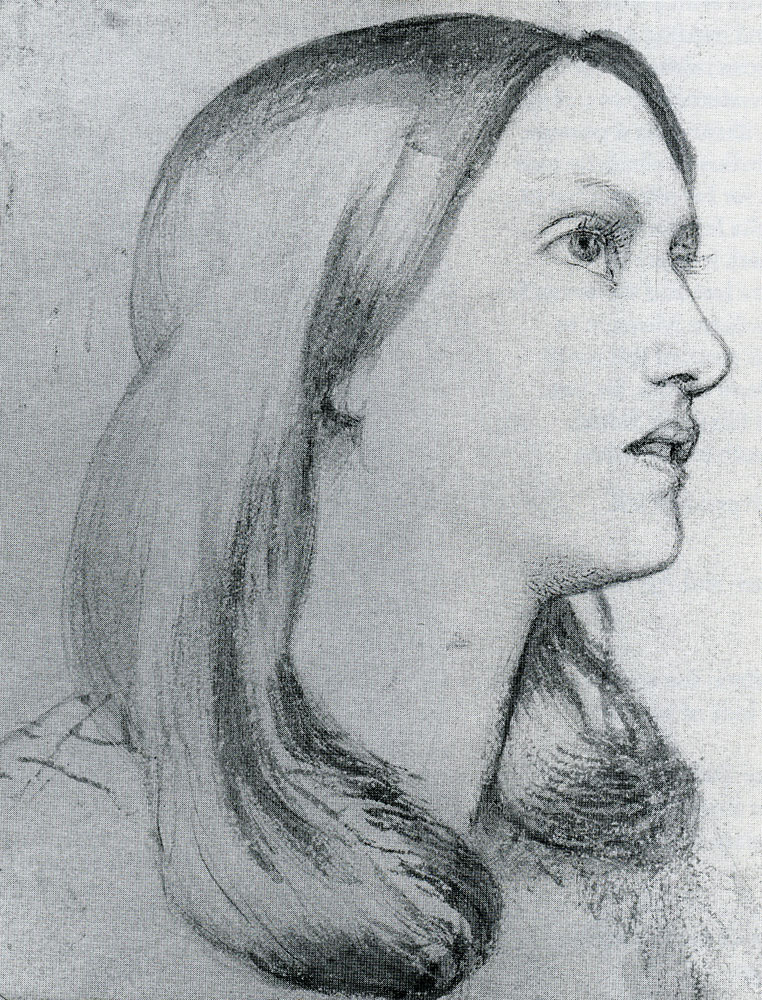 From terrestrial to celestial – where do we find inspiration?
From terrestrial to celestial – where do we find inspiration?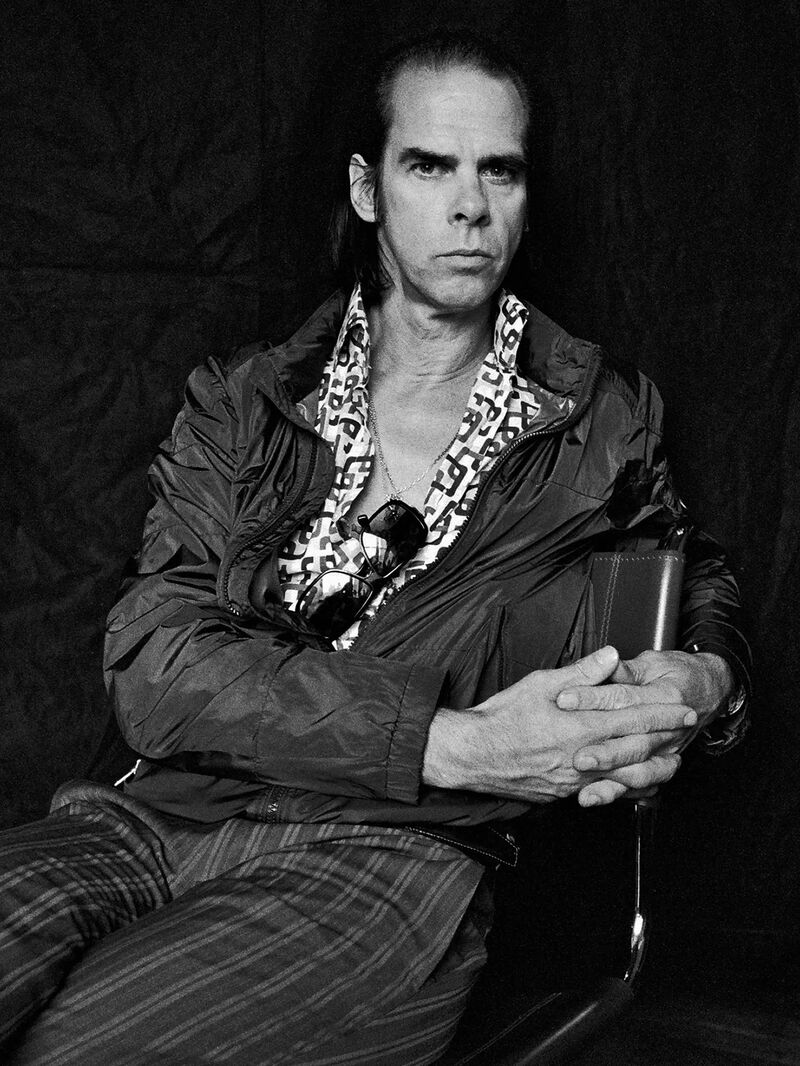 The illusion of ownership
The illusion of ownership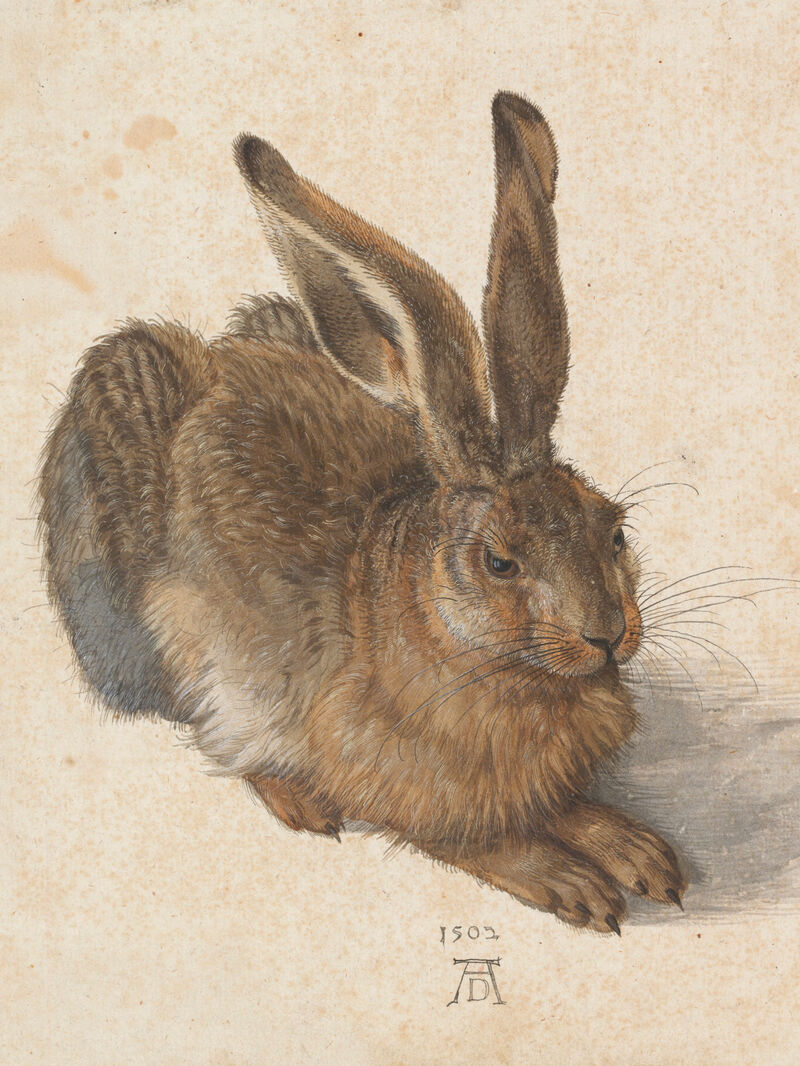 Let’s go down the rabbit hole 🐇
Let’s go down the rabbit hole 🐇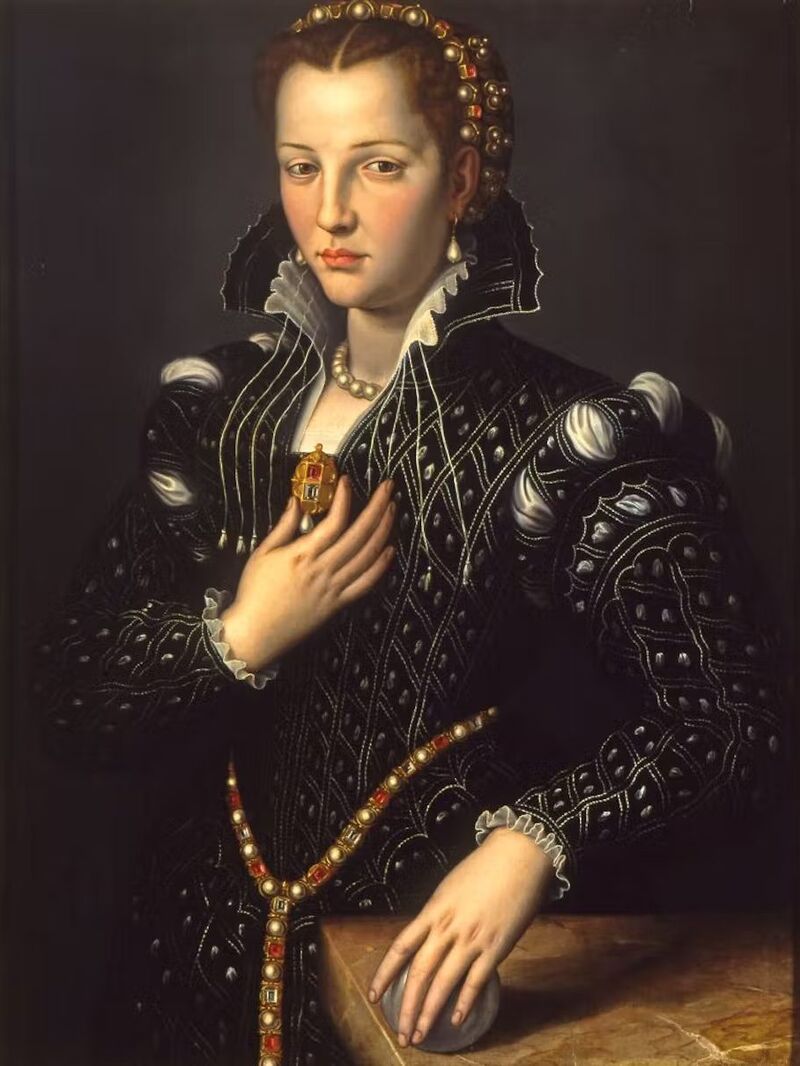 Identity, the artist, and #goblinmode
Identity, the artist, and #goblinmode Punk and her godmothers
Punk and her godmothers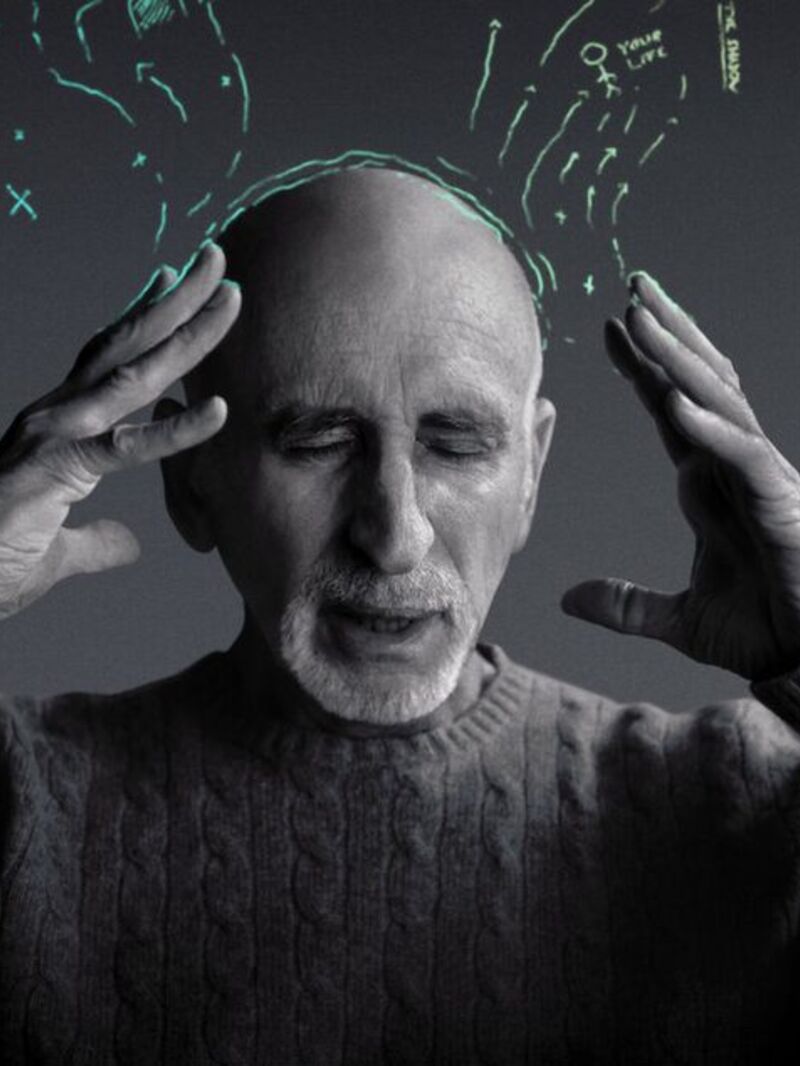 The ultimate journey – homecoming, heroes and wholeness.
The ultimate journey – homecoming, heroes and wholeness.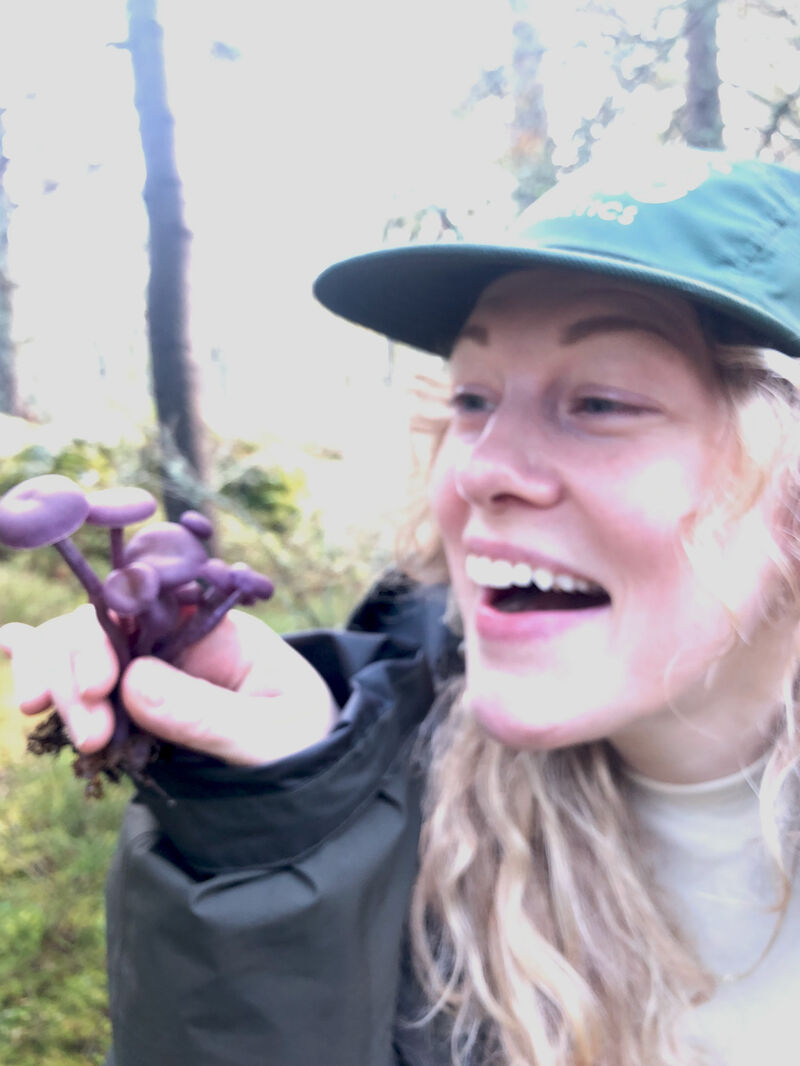 It’s mushroom month...
It’s mushroom month...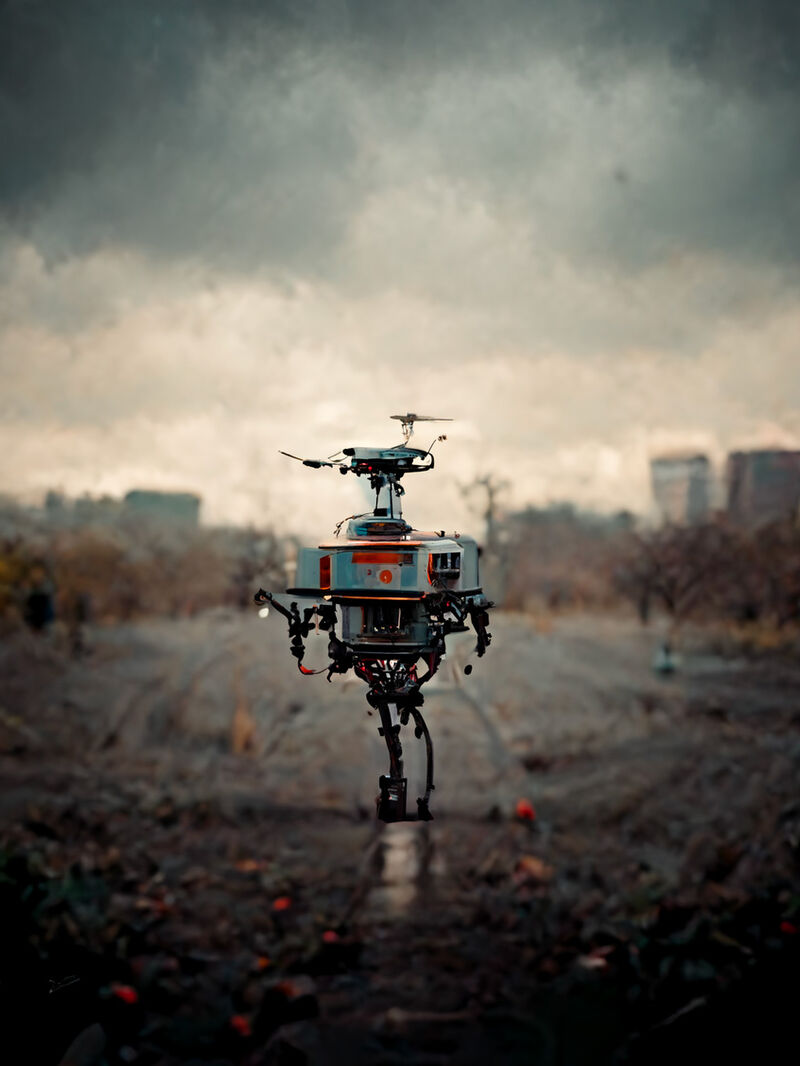 Robots, AI and artistry, oh my!
Robots, AI and artistry, oh my!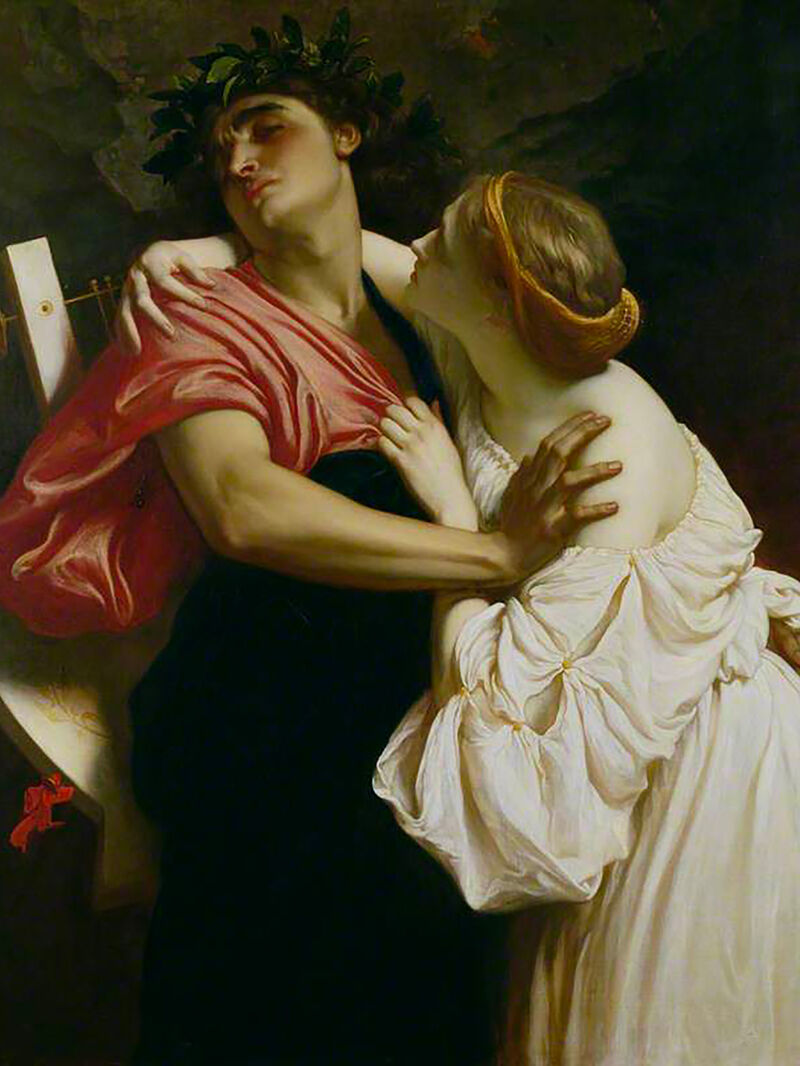 Longevity, love and memory...
Longevity, love and memory...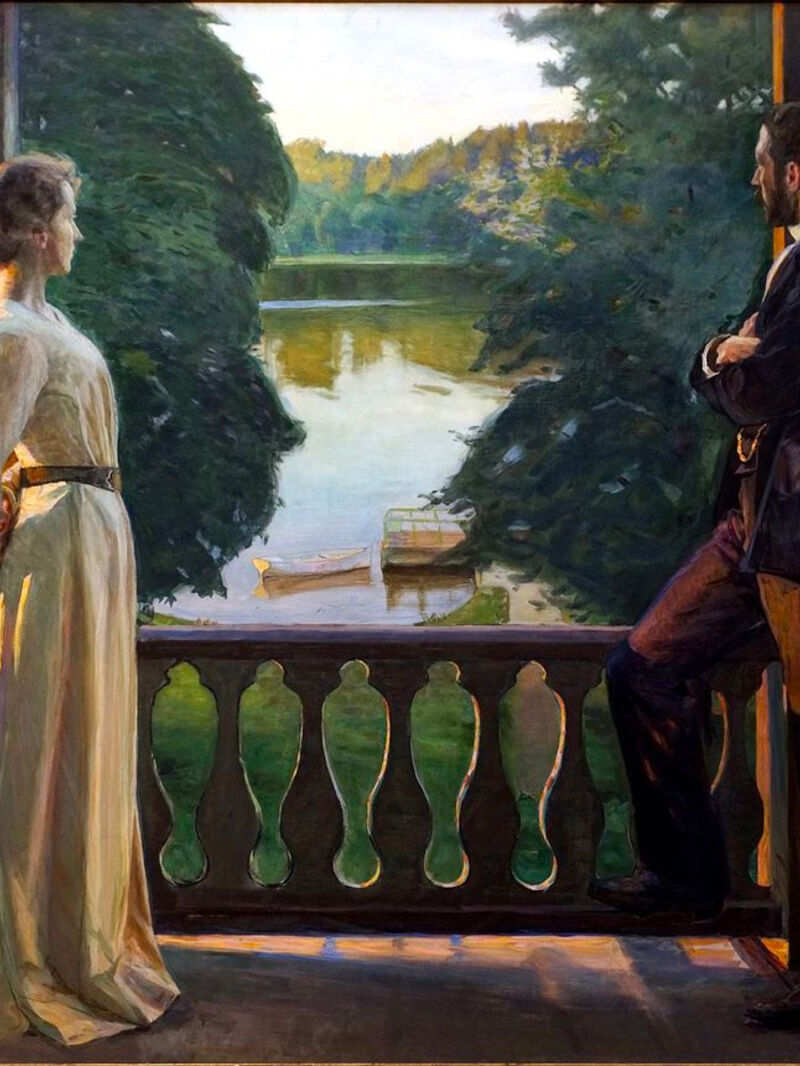 Summer, Freud and a sonnet...
Summer, Freud and a sonnet...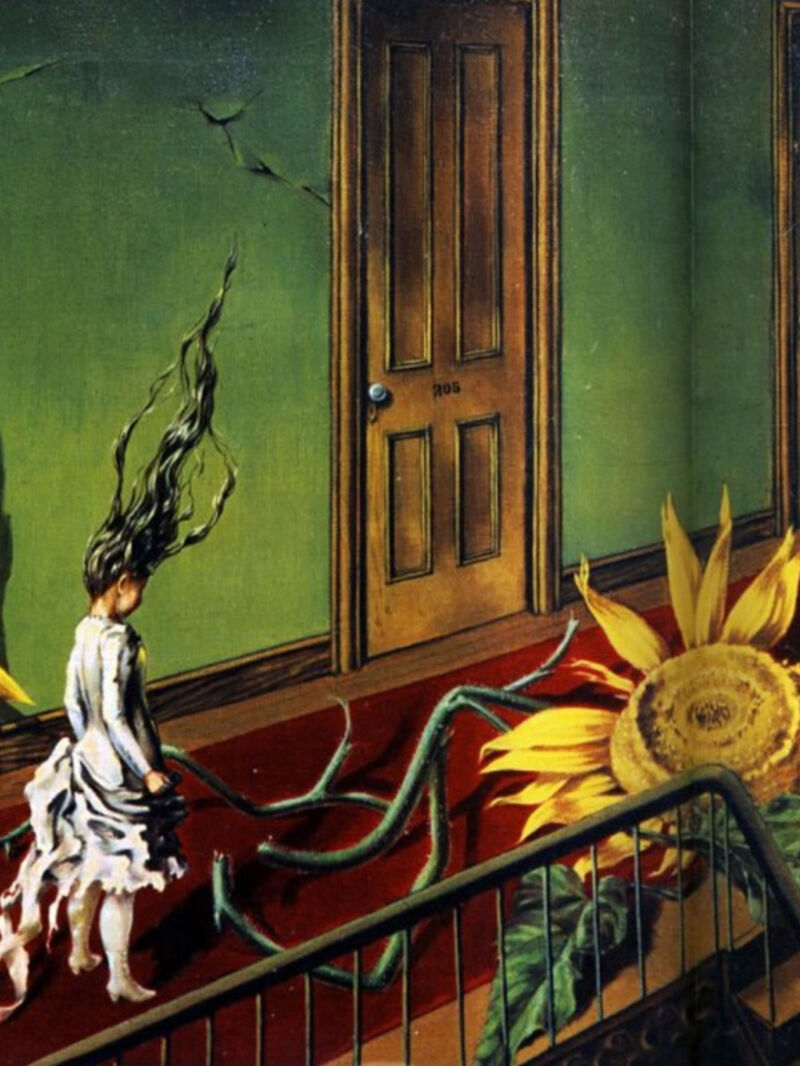 When surreal makes sense – exploring with Dorothea Tanning, Olga Tokaczuk and more...
When surreal makes sense – exploring with Dorothea Tanning, Olga Tokaczuk and more...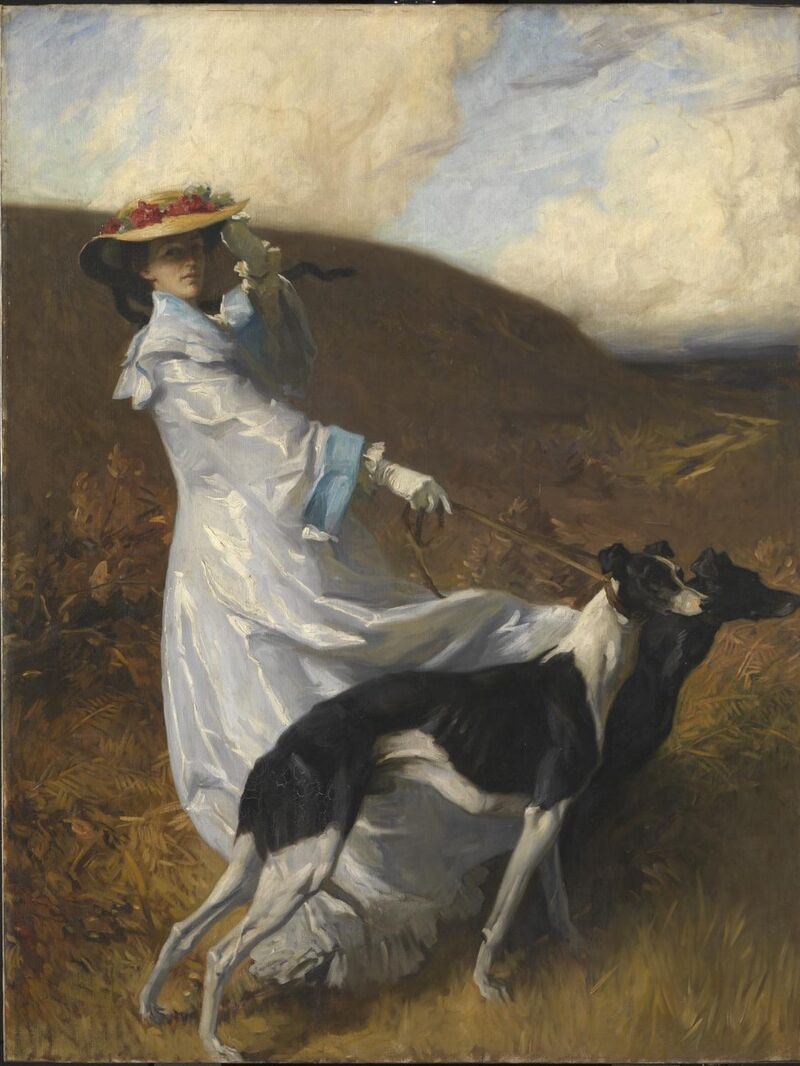 Twists and turns with Mary Oliver, Alan Watts and Astrid Lindgren...
Twists and turns with Mary Oliver, Alan Watts and Astrid Lindgren...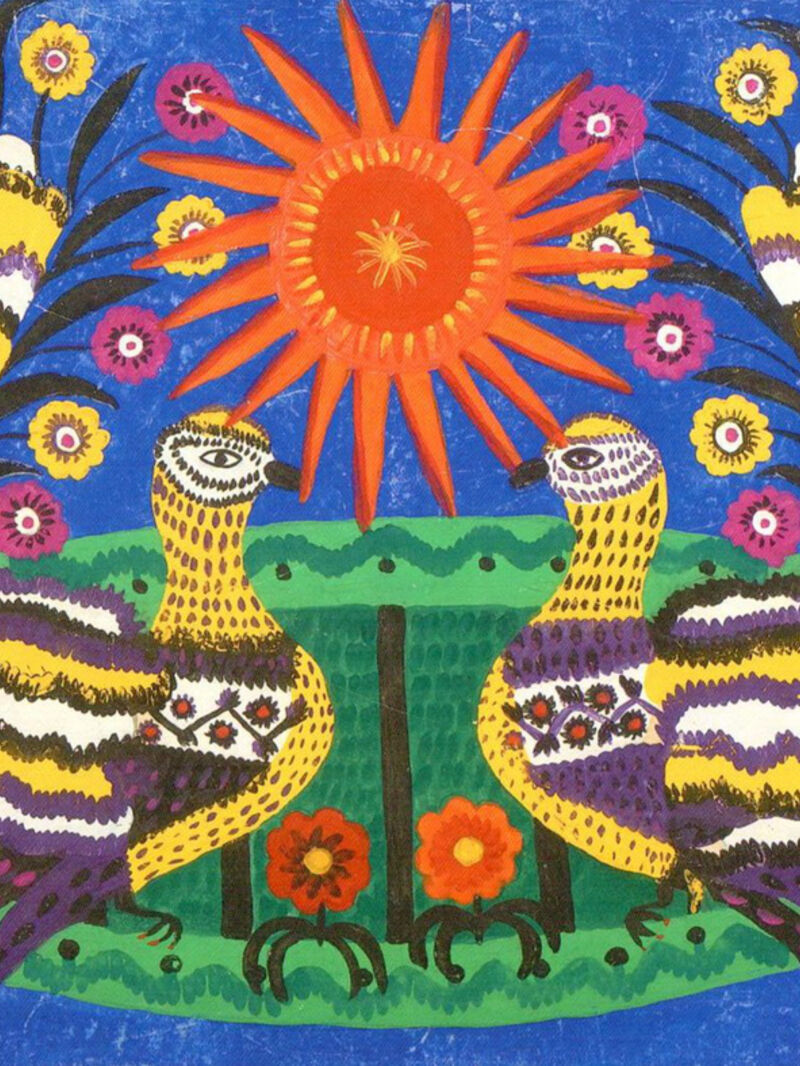 First flowers of spring: the need for beauty and hope at all times
First flowers of spring: the need for beauty and hope at all times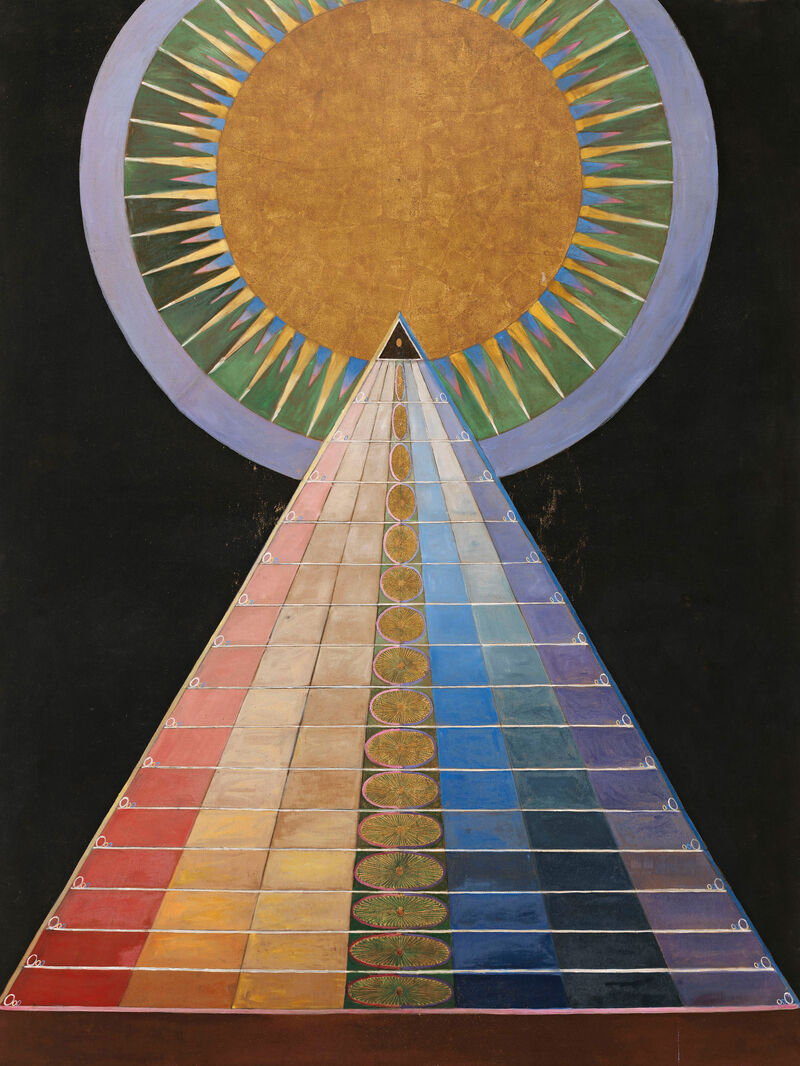 Defining reality, playing with illusion with Robert Frost, Hilma Af Kilnt and more...
Defining reality, playing with illusion with Robert Frost, Hilma Af Kilnt and more...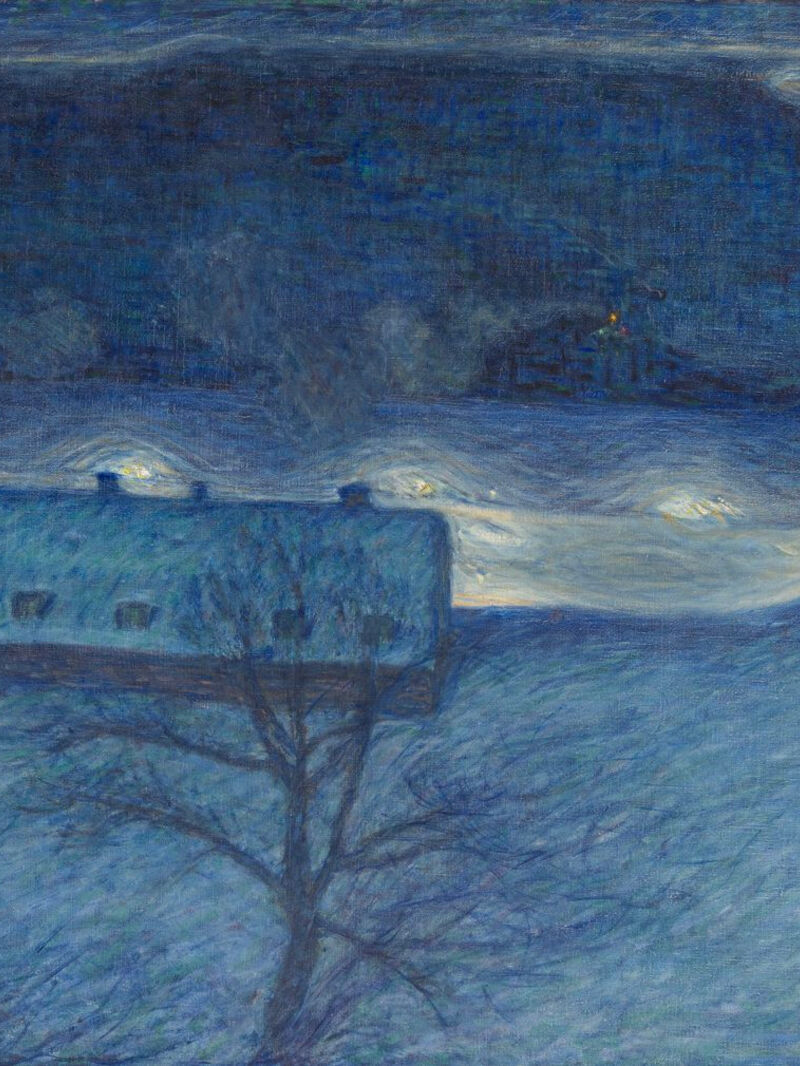 Celebrating the cycles of light and dark with Joan Didion, Danez Smith and more...
Celebrating the cycles of light and dark with Joan Didion, Danez Smith and more...